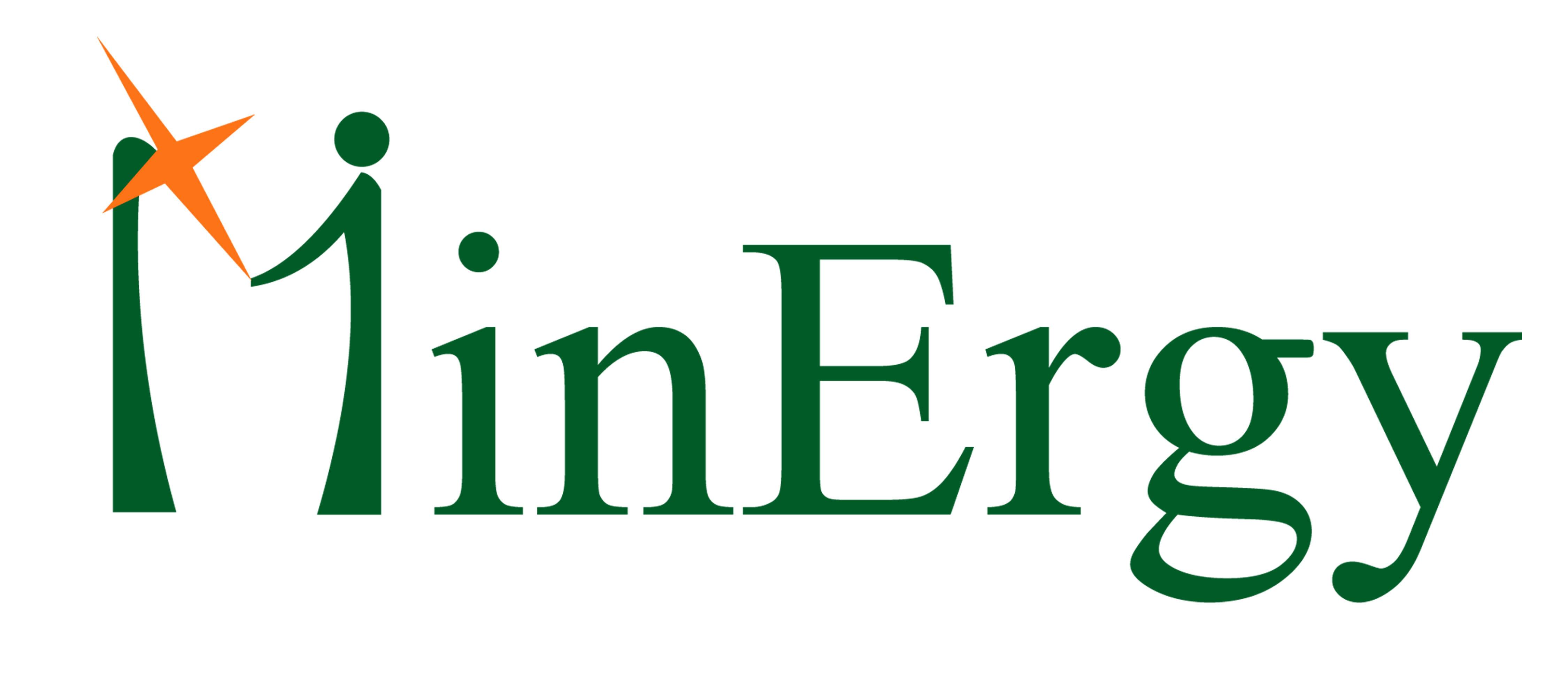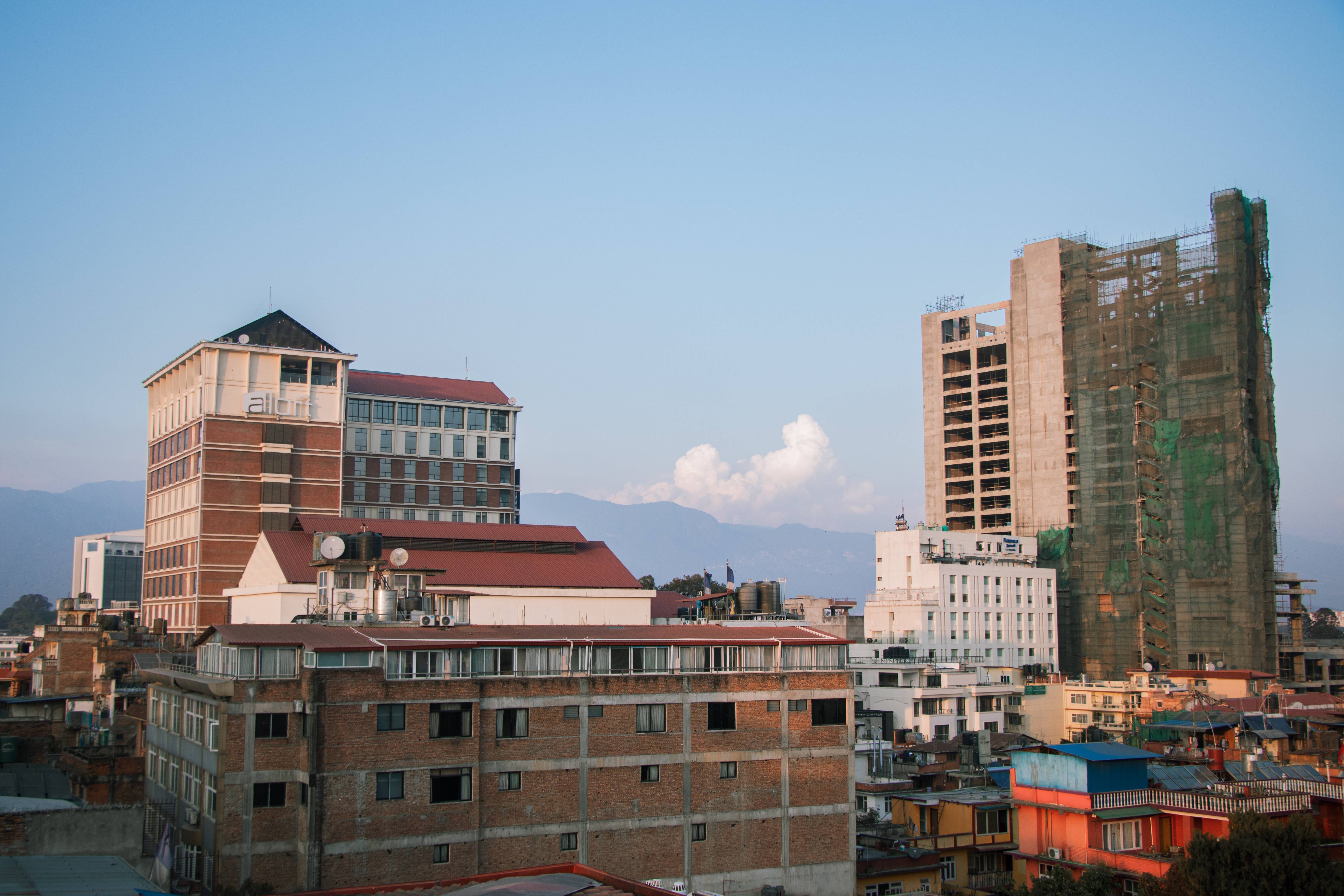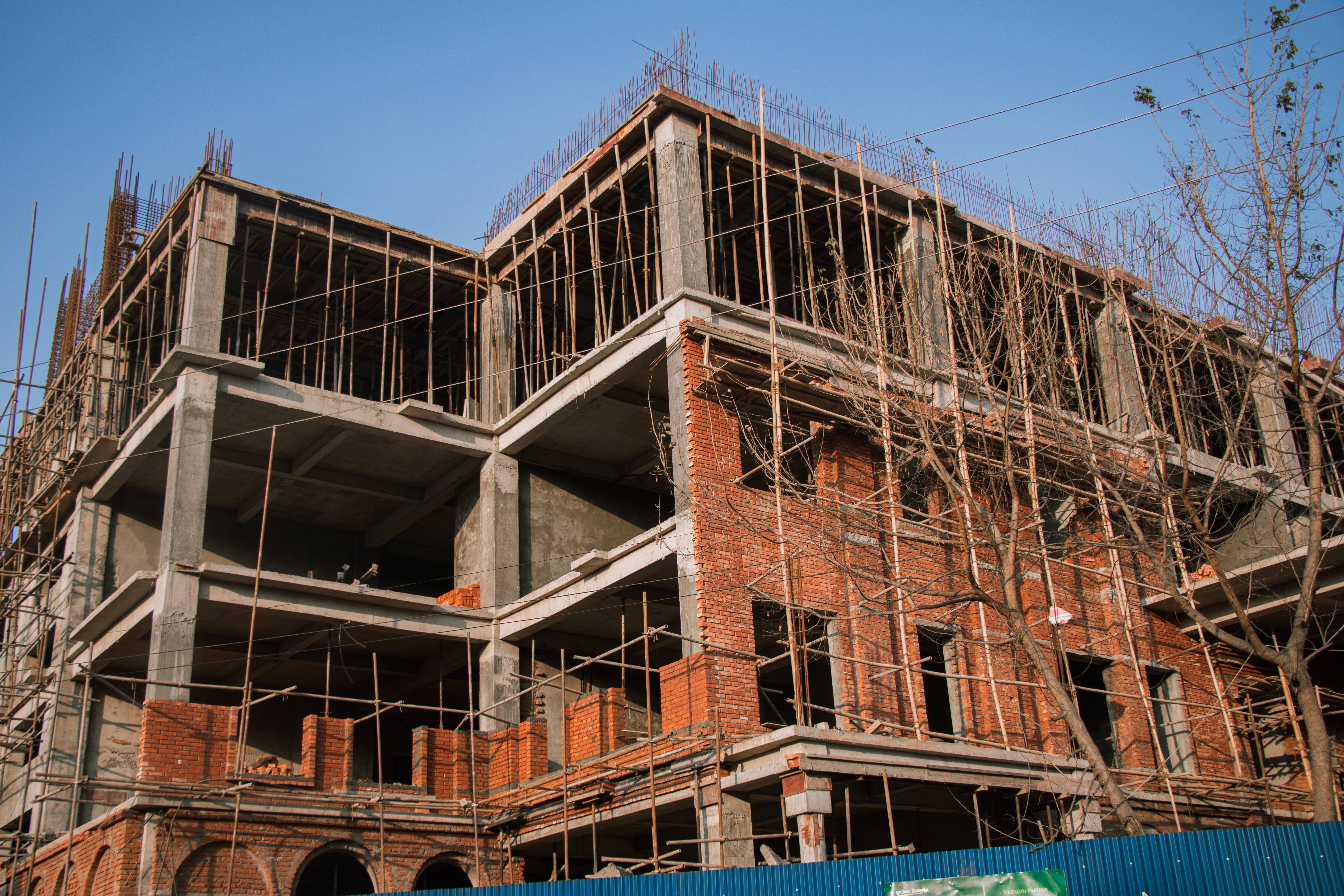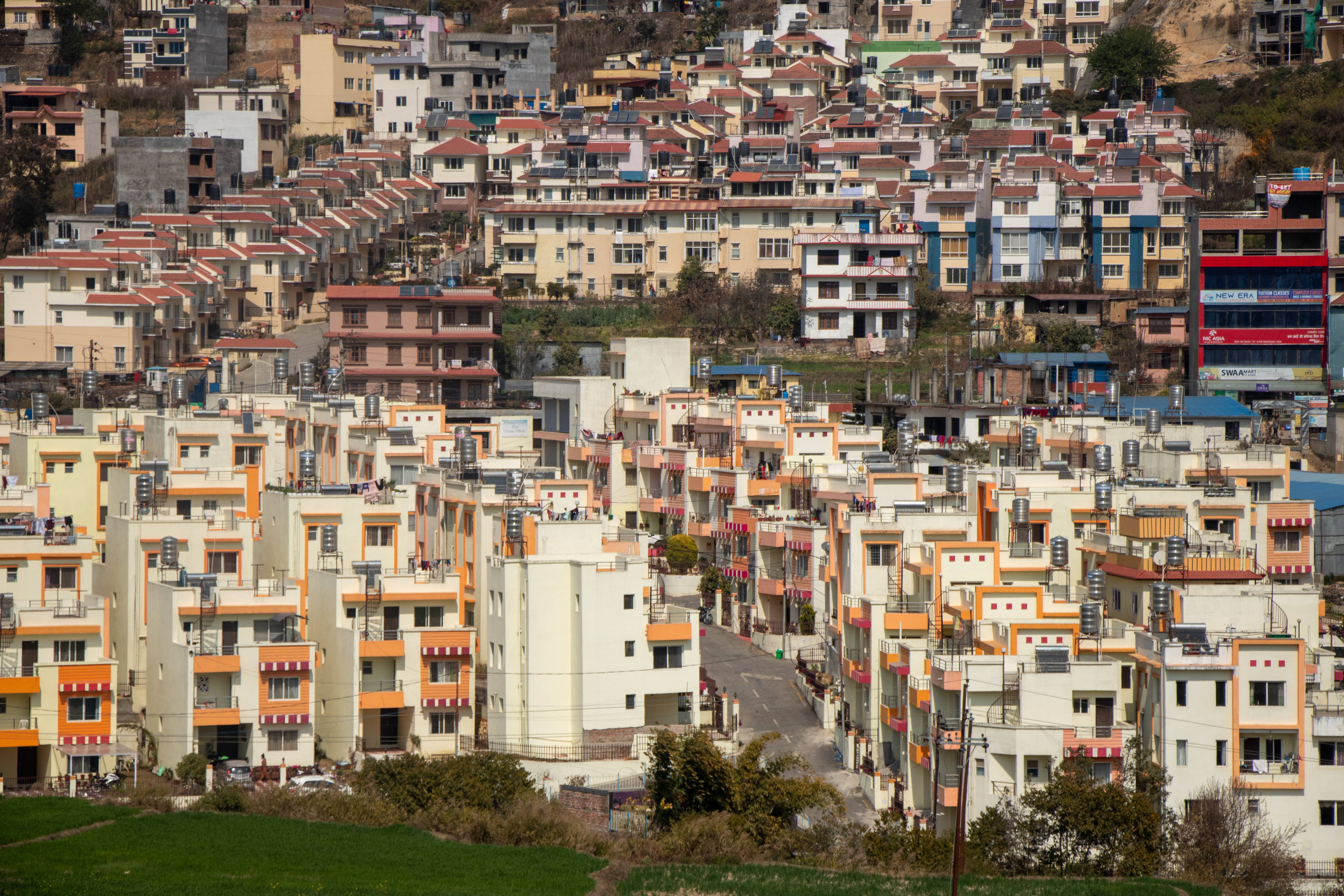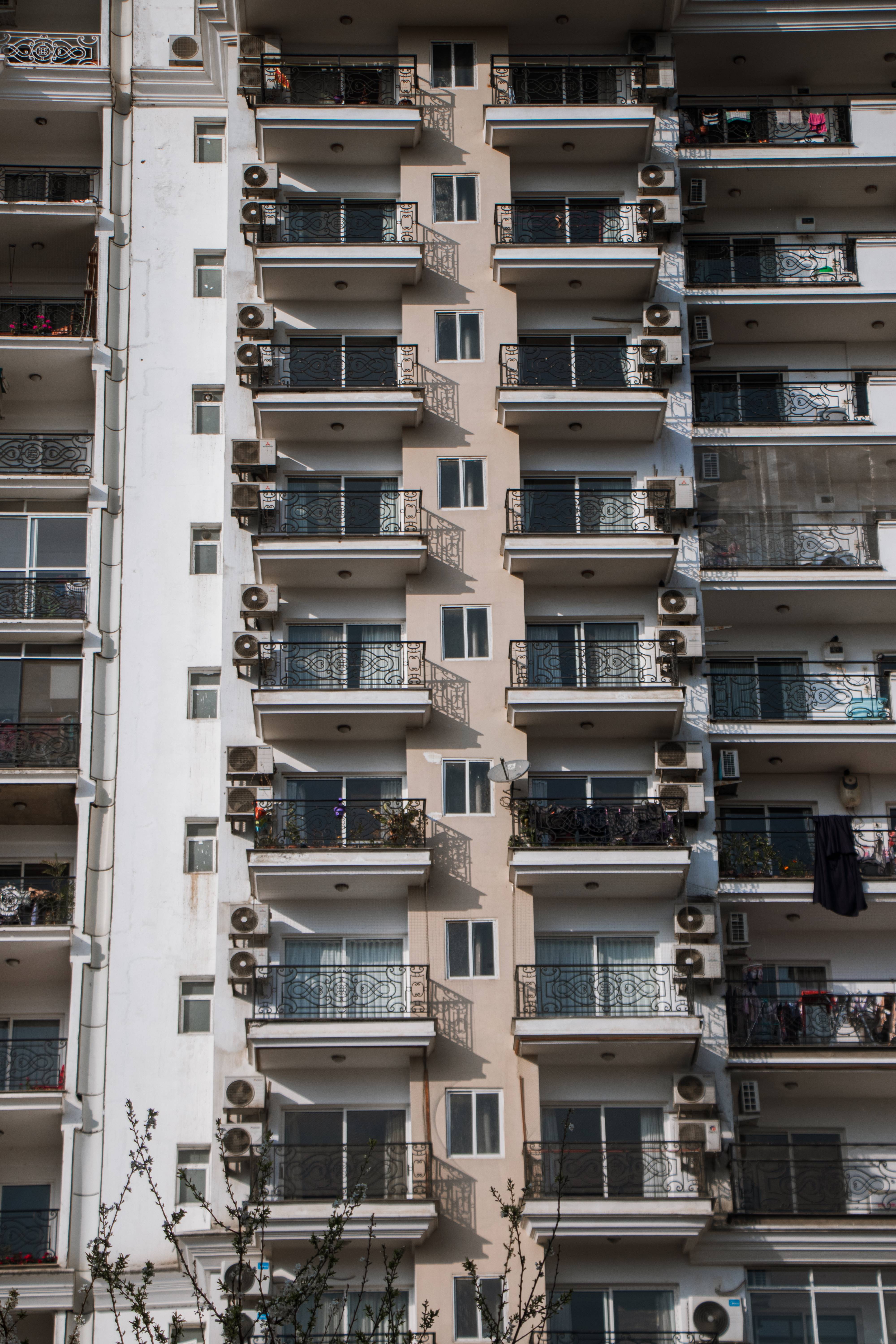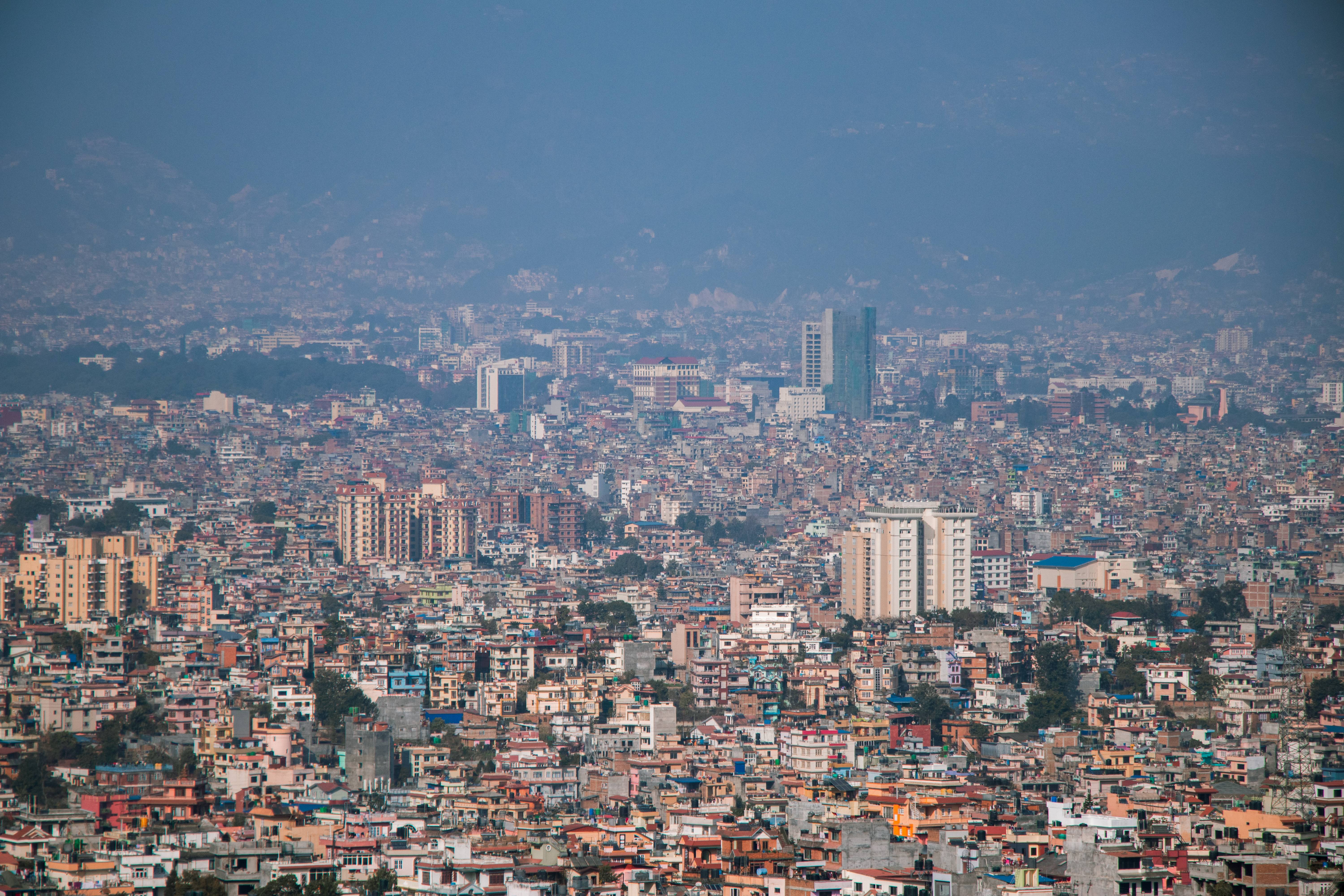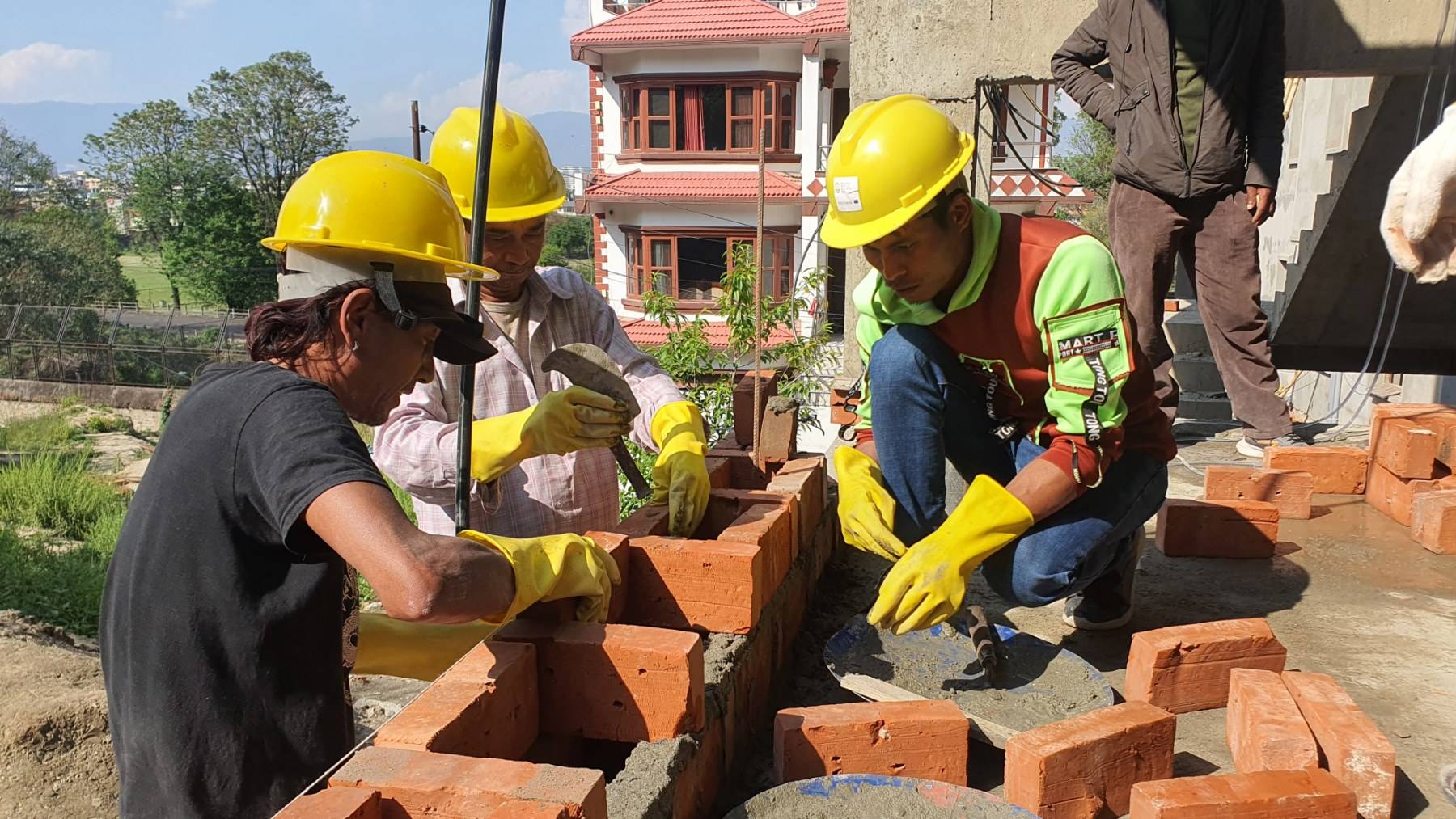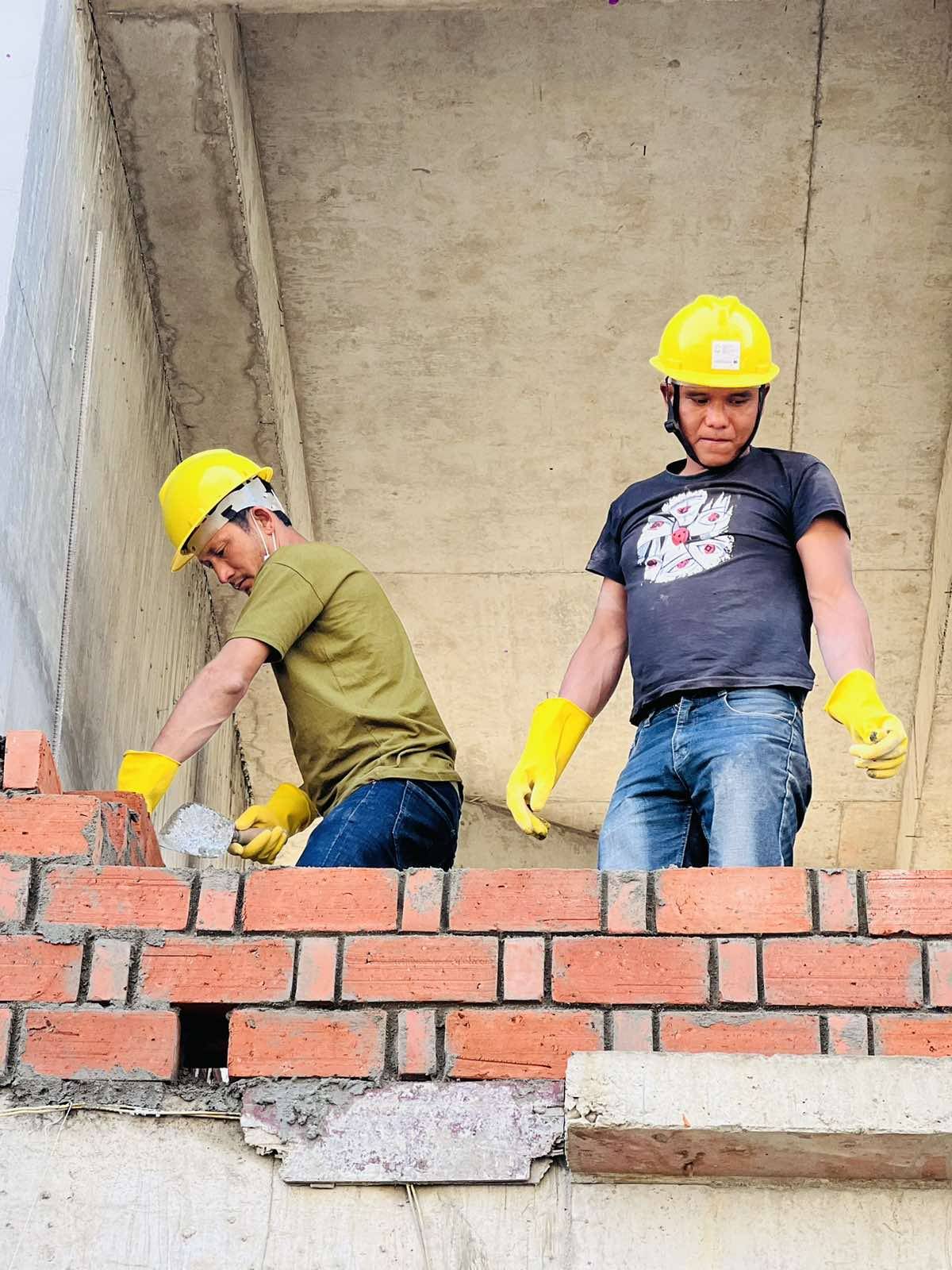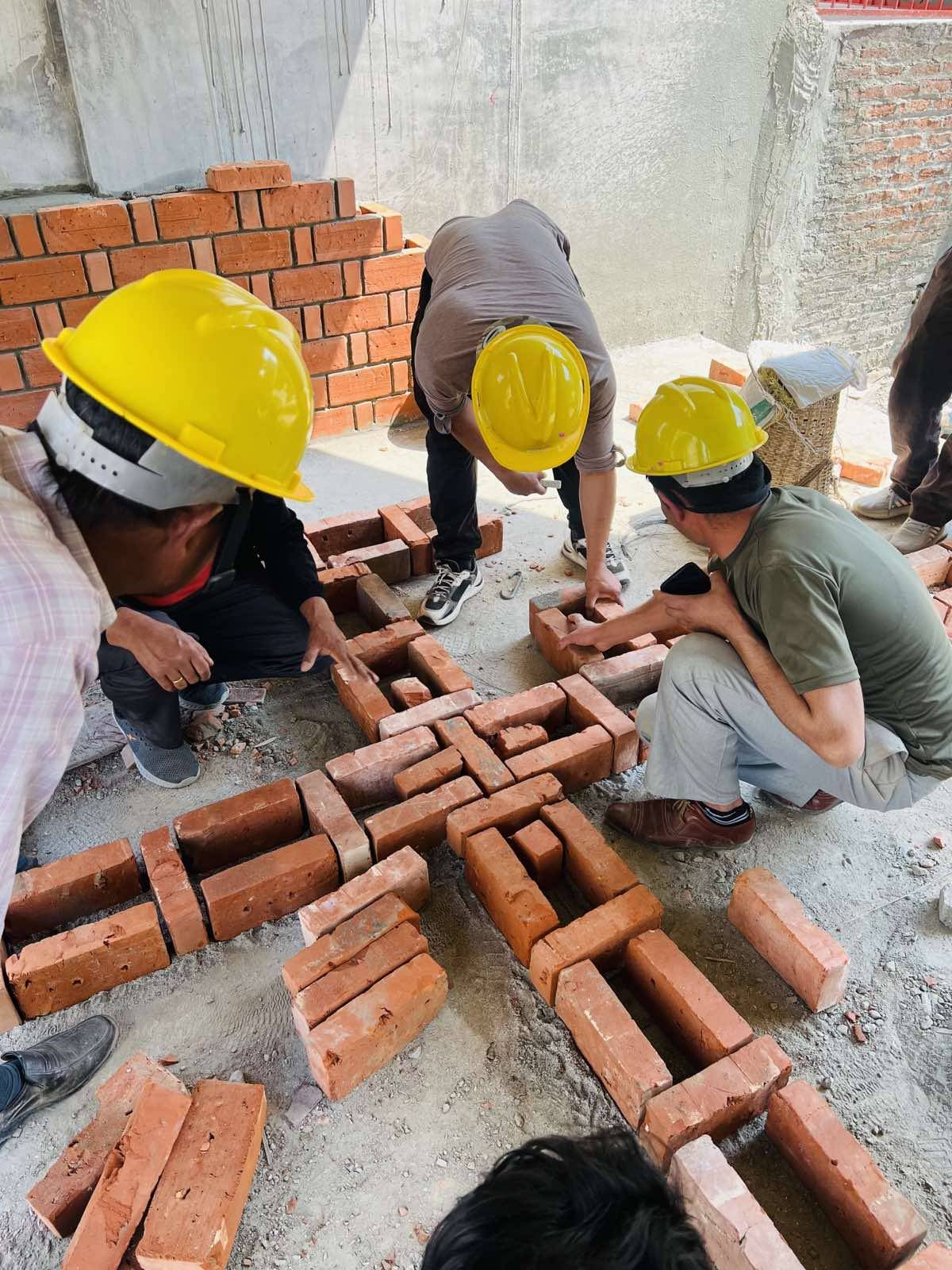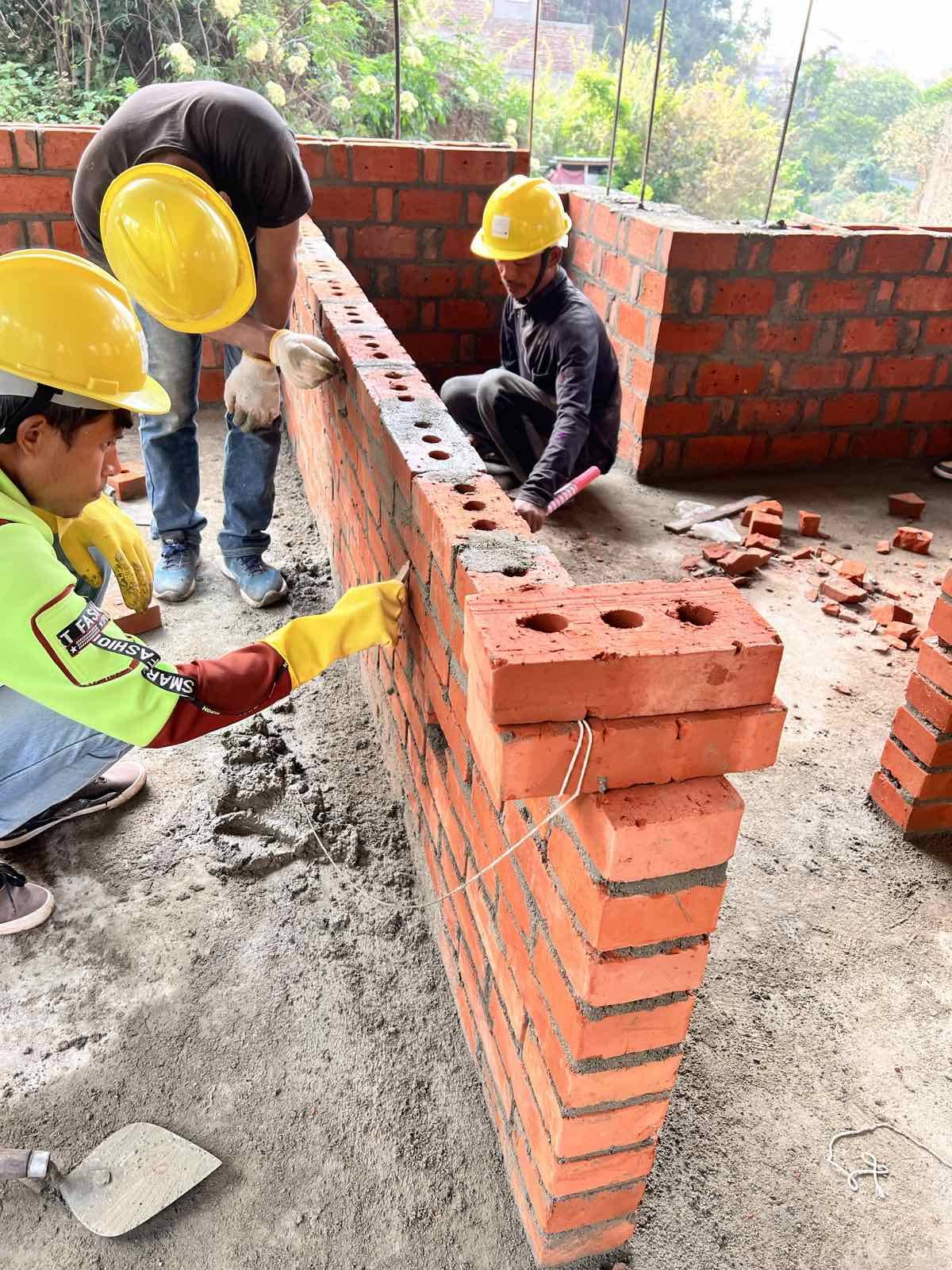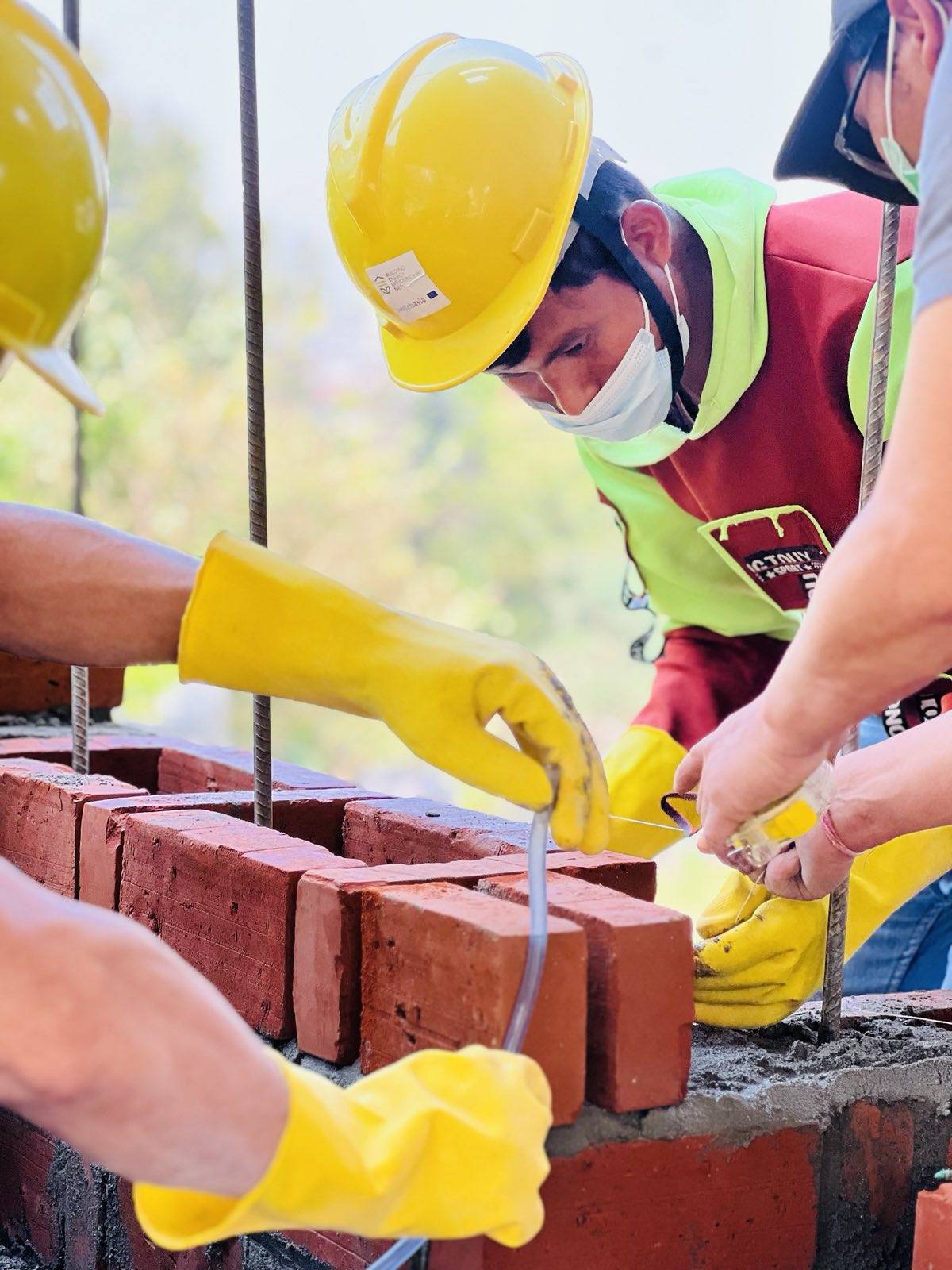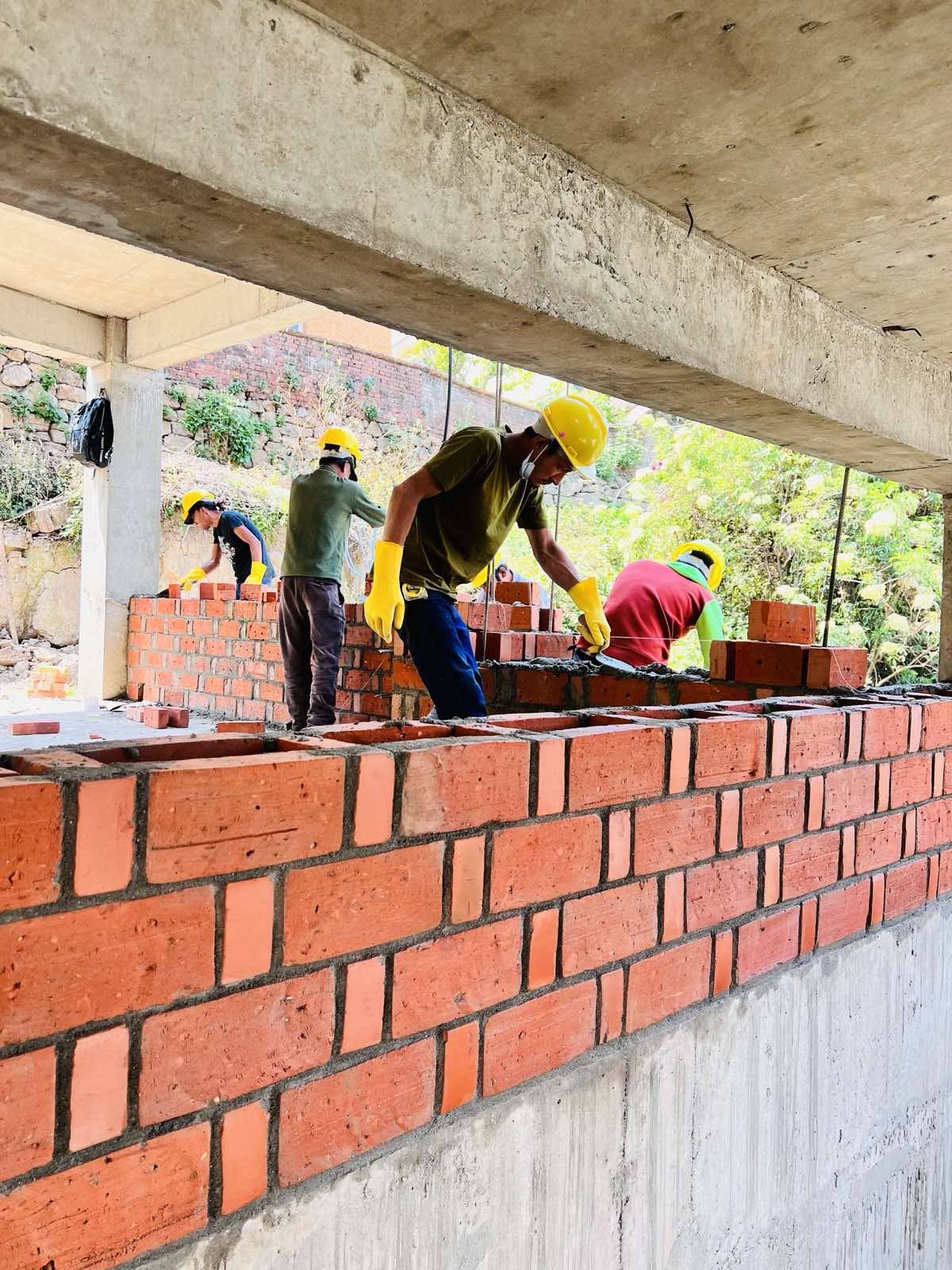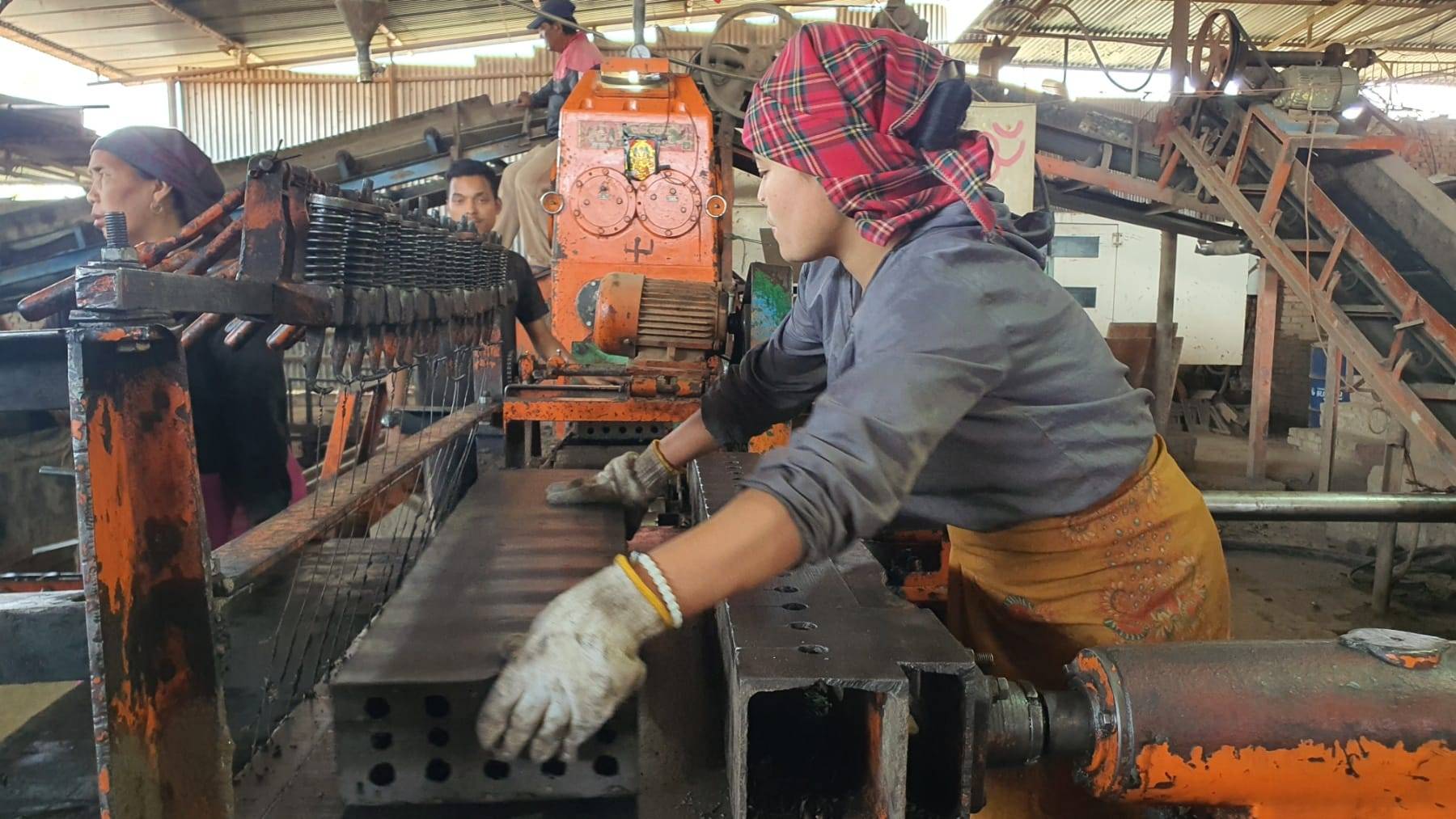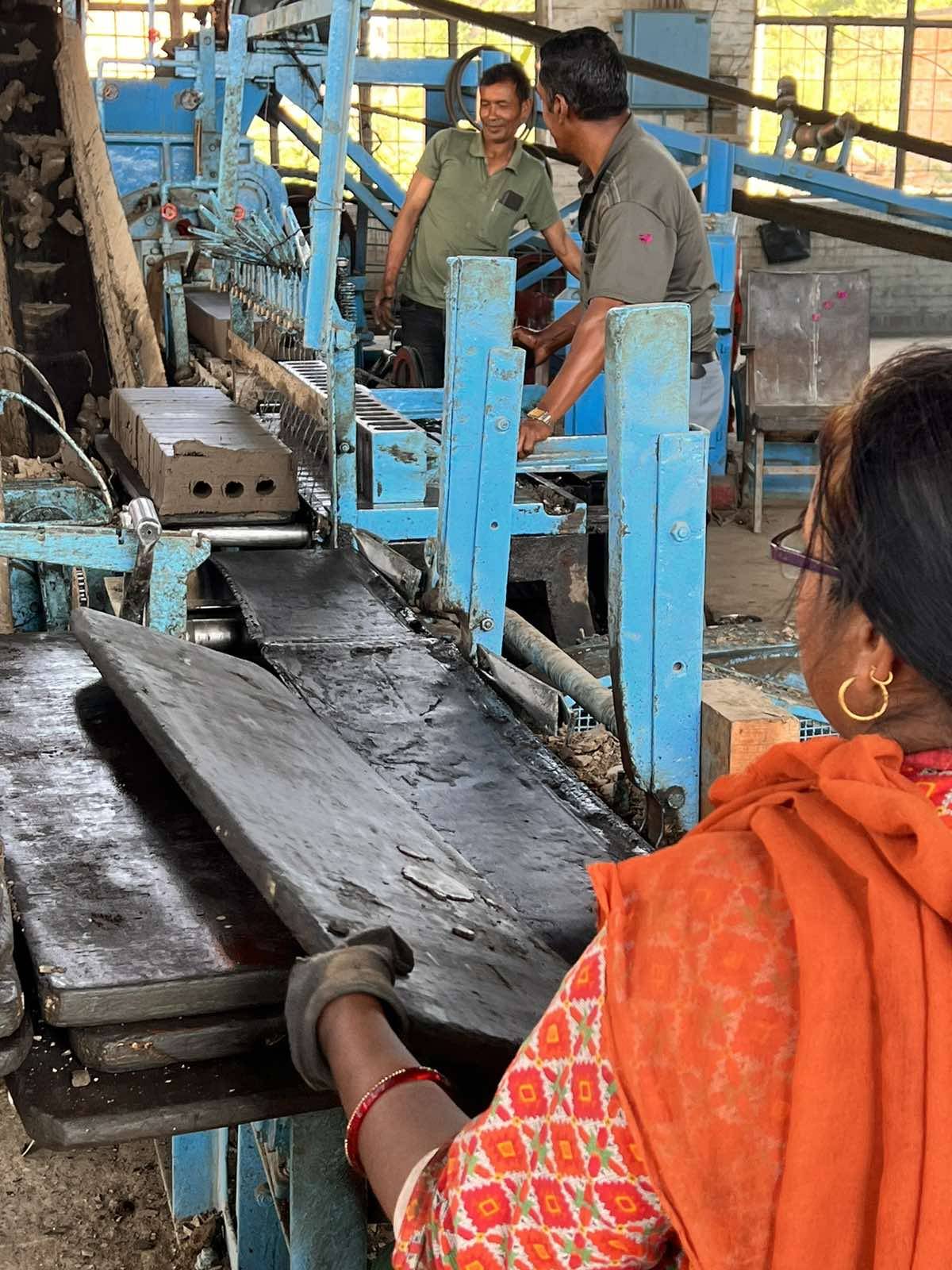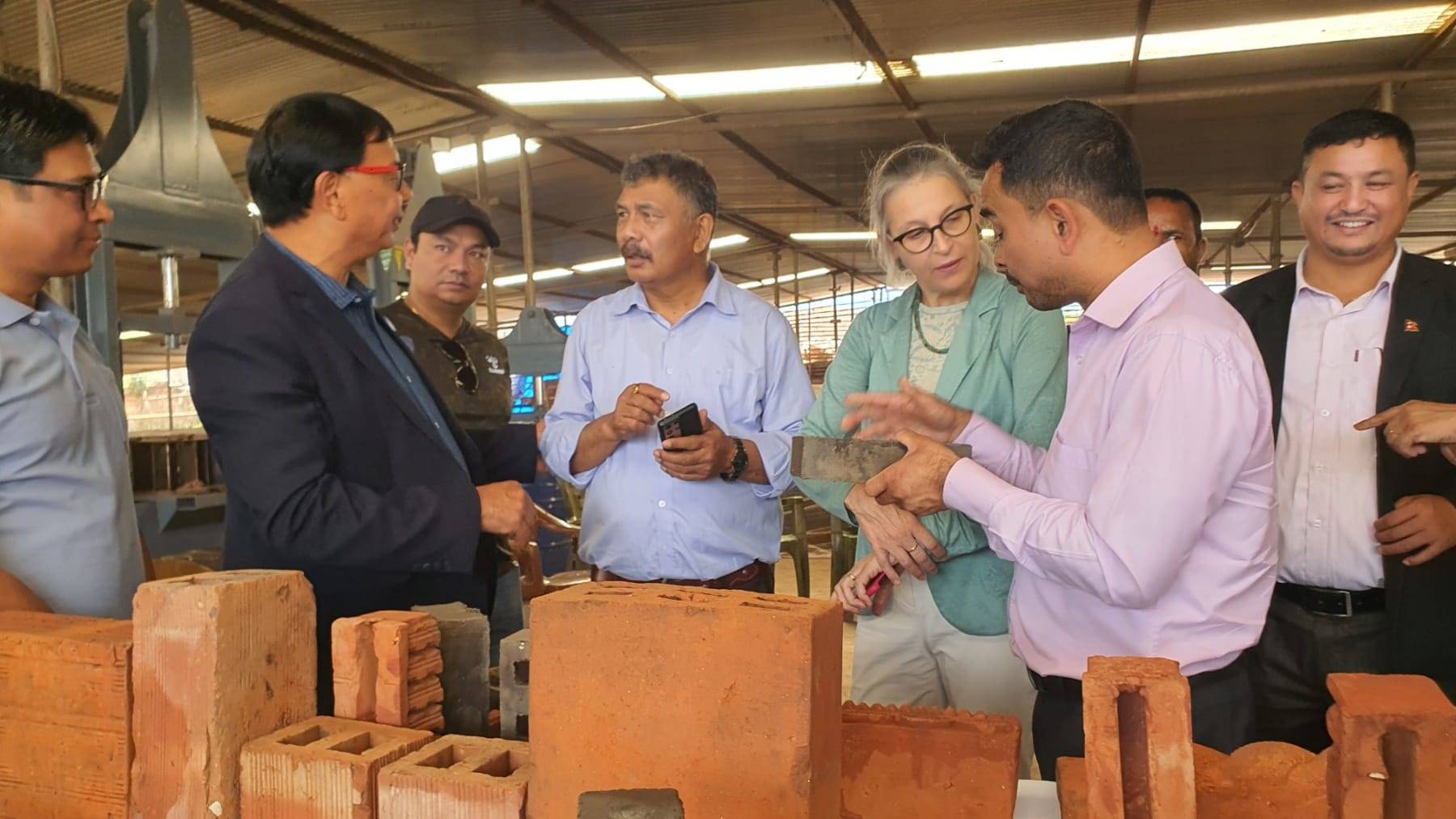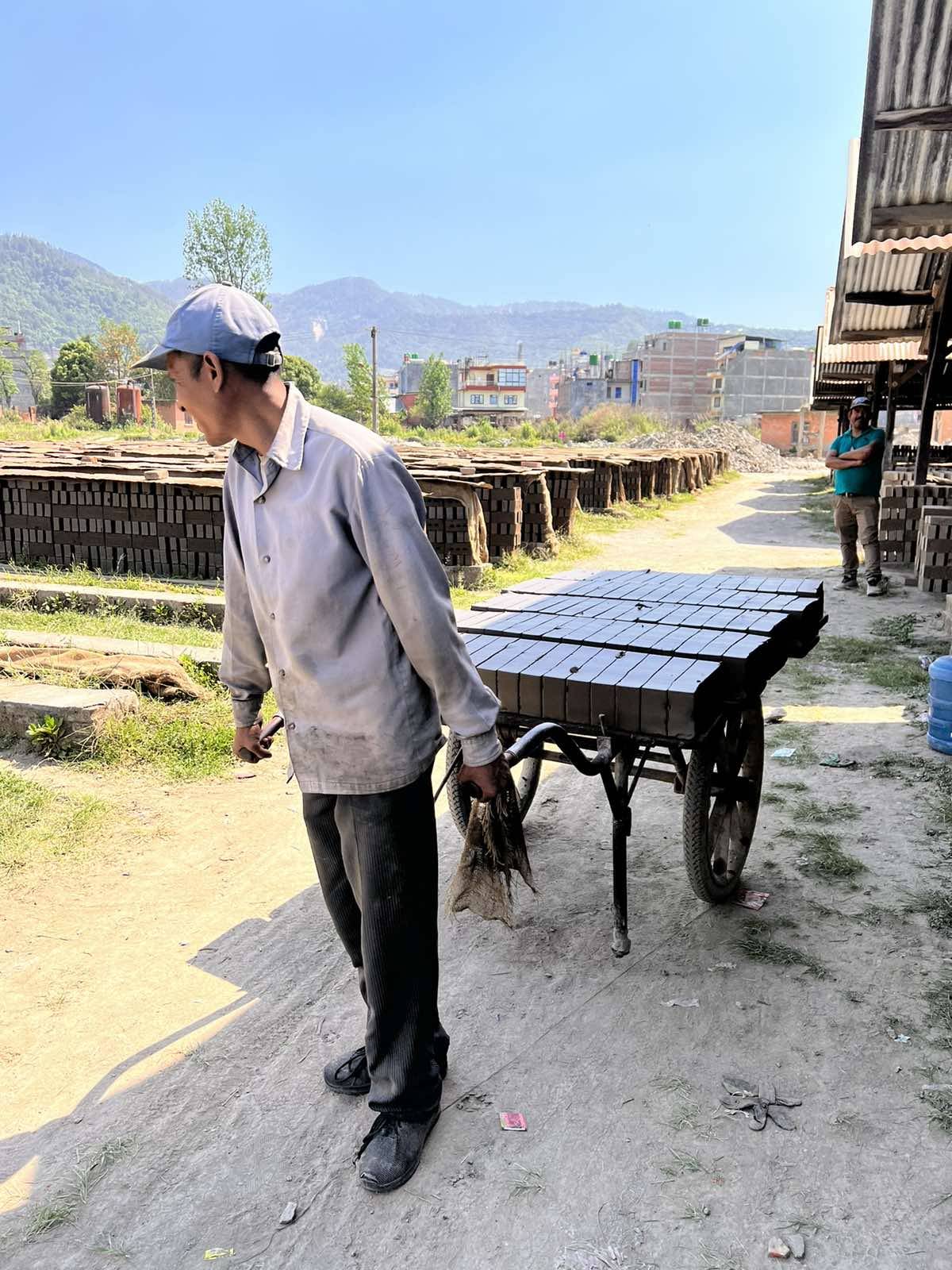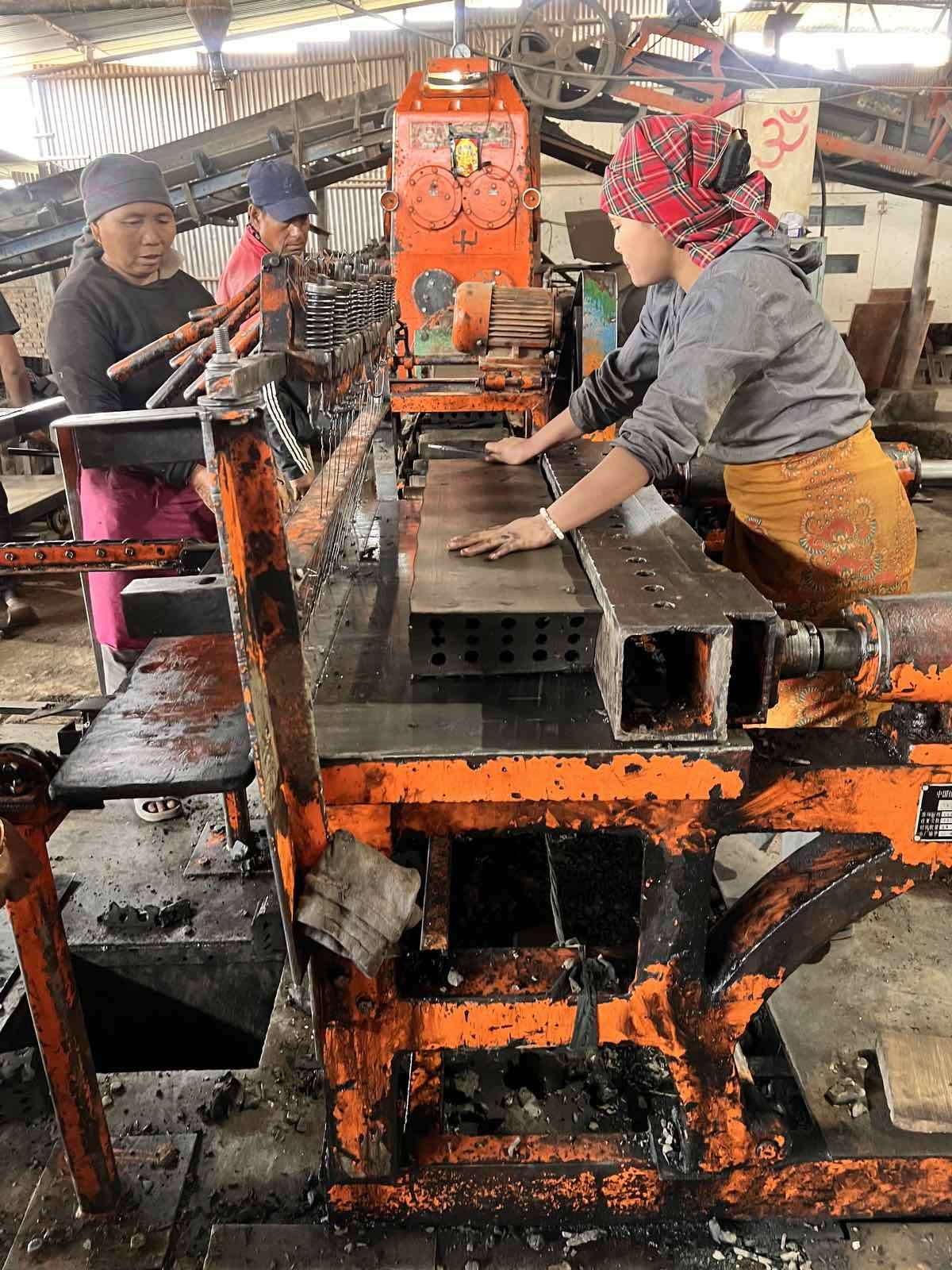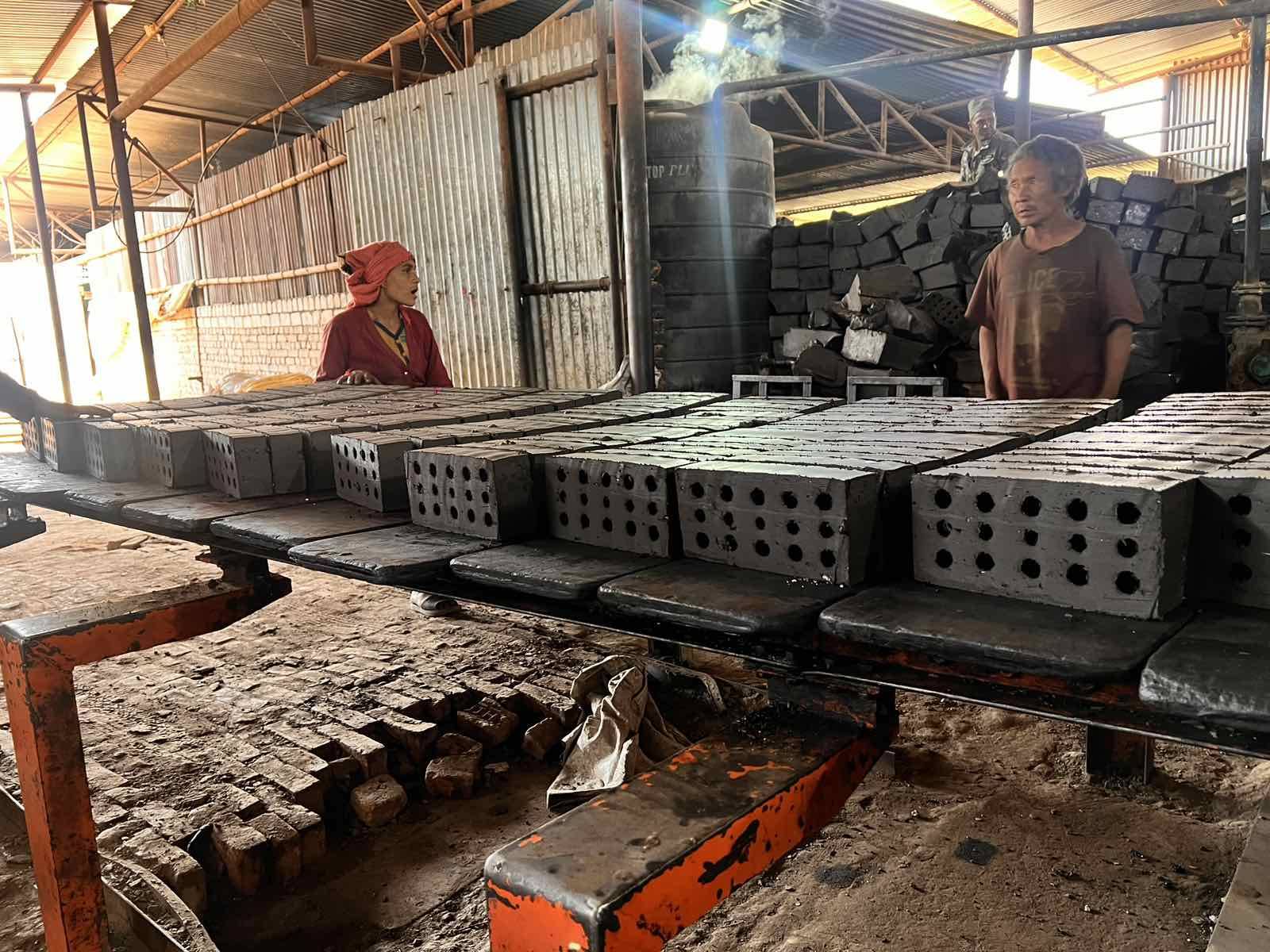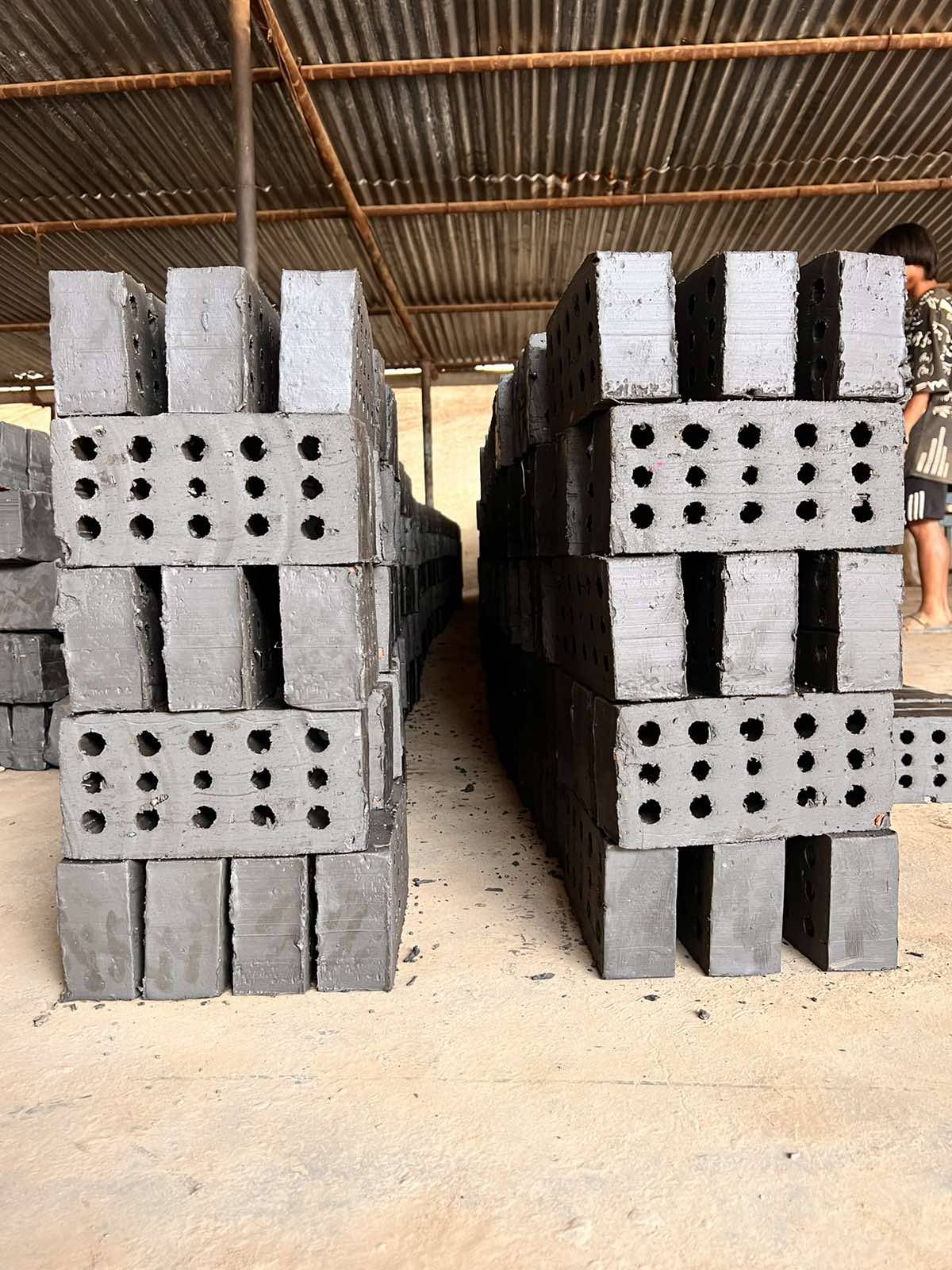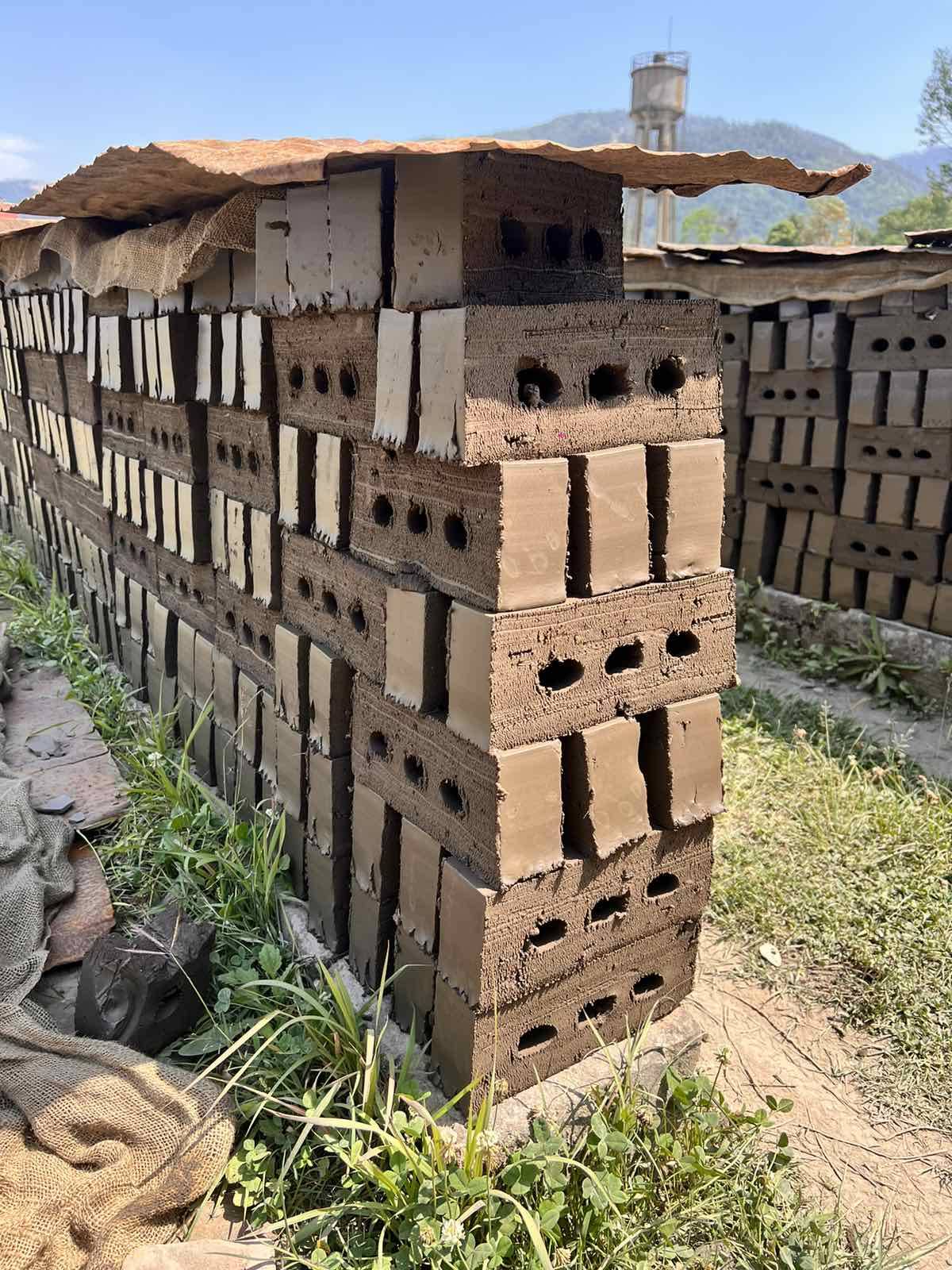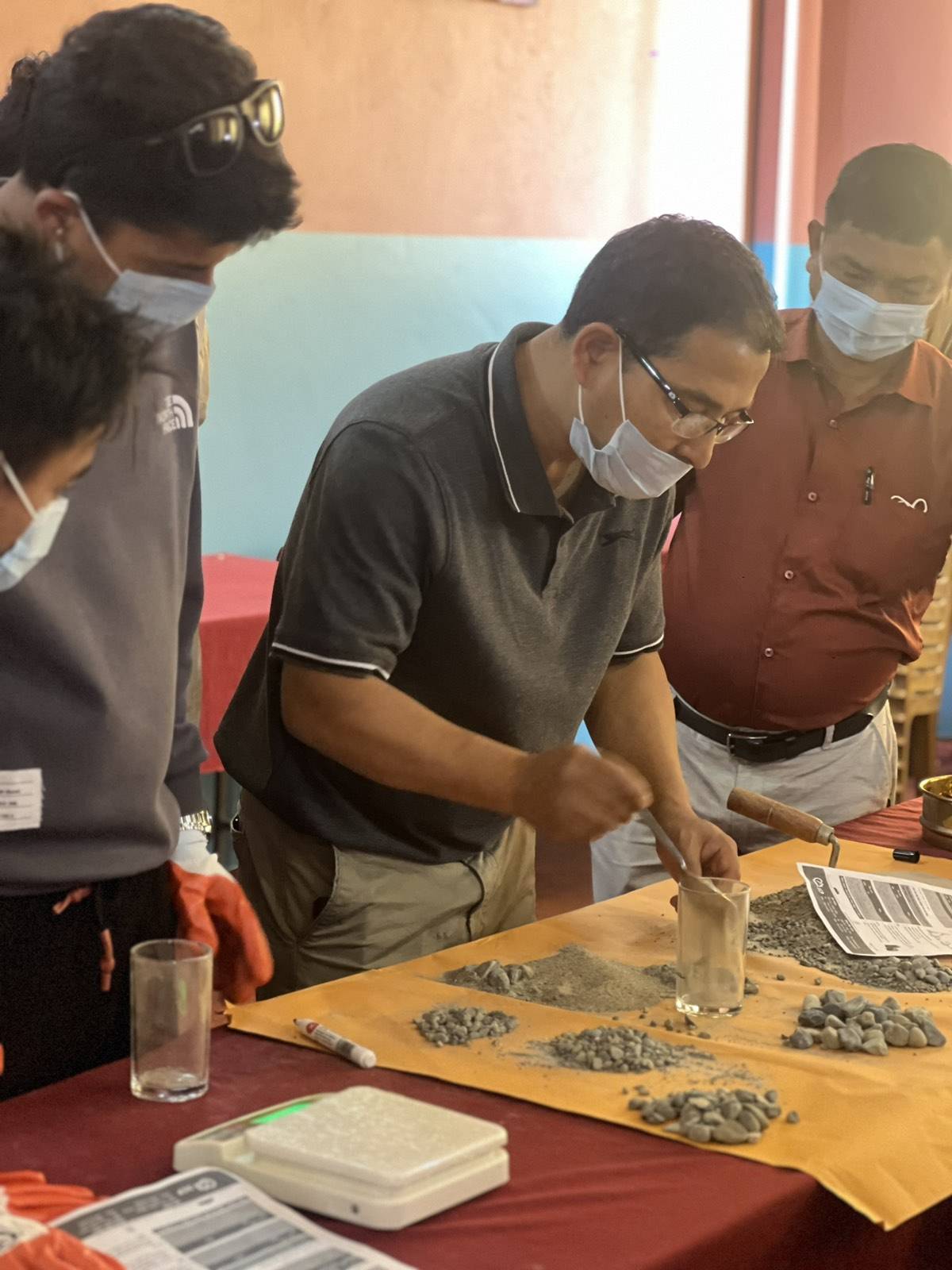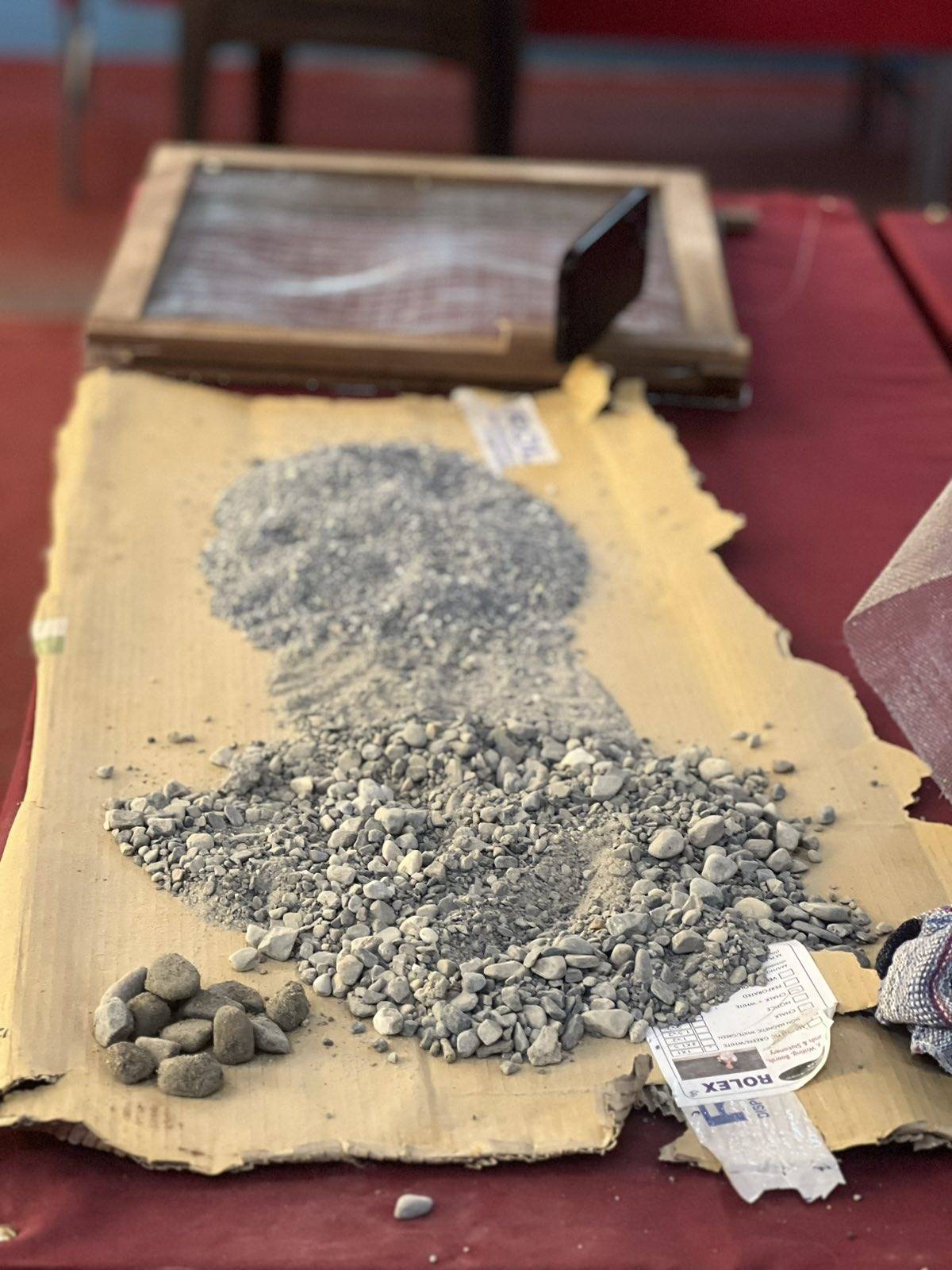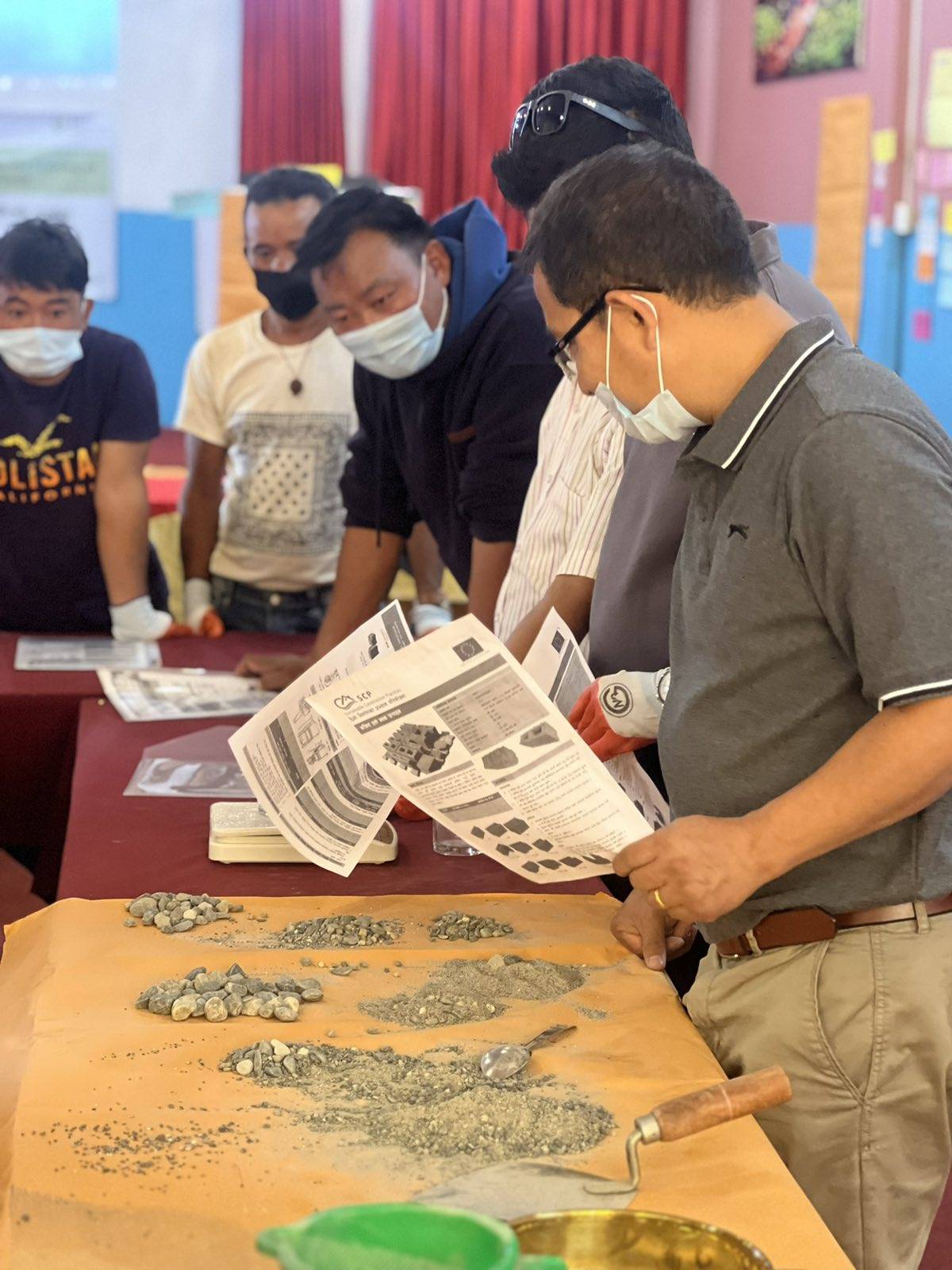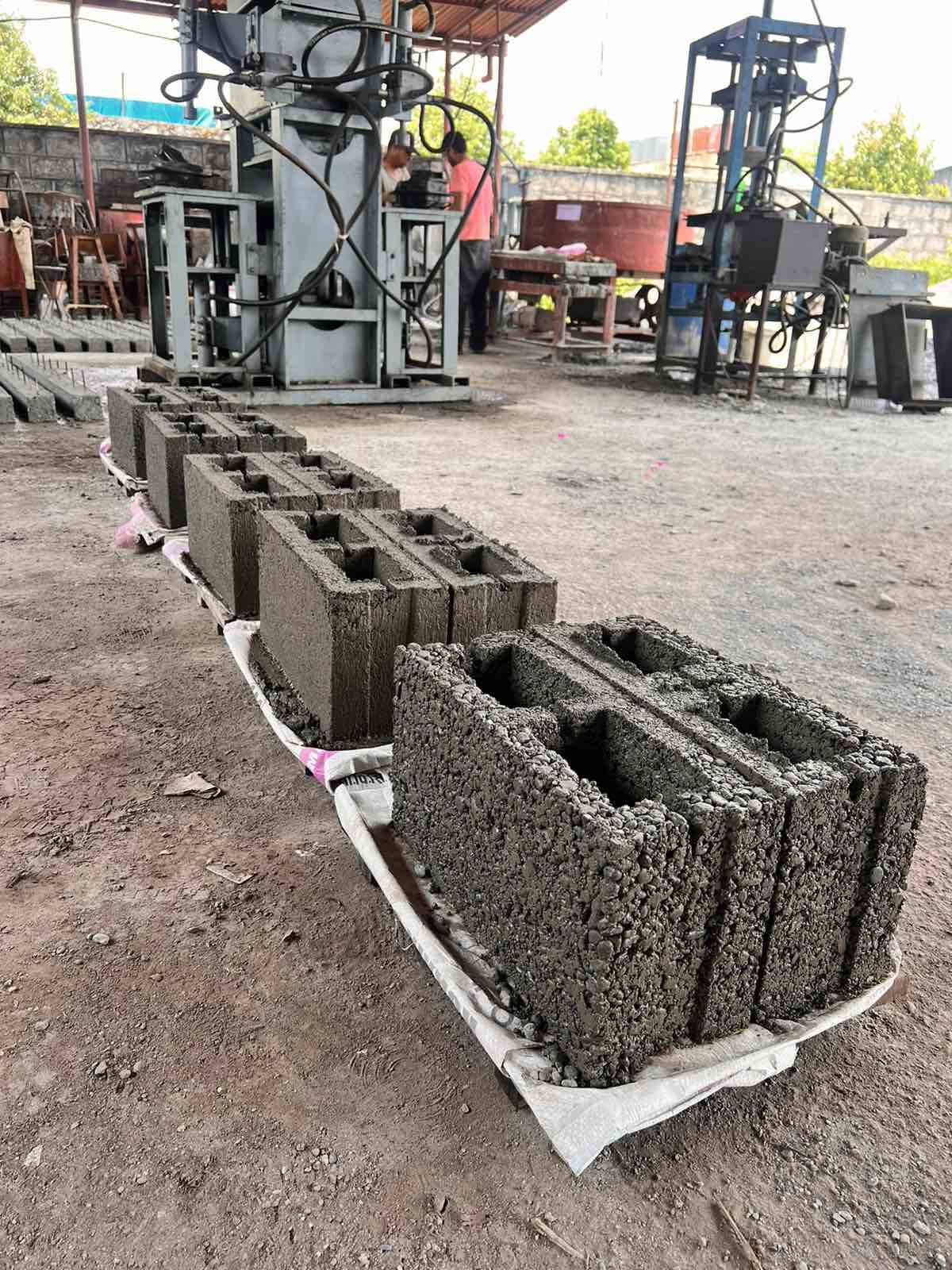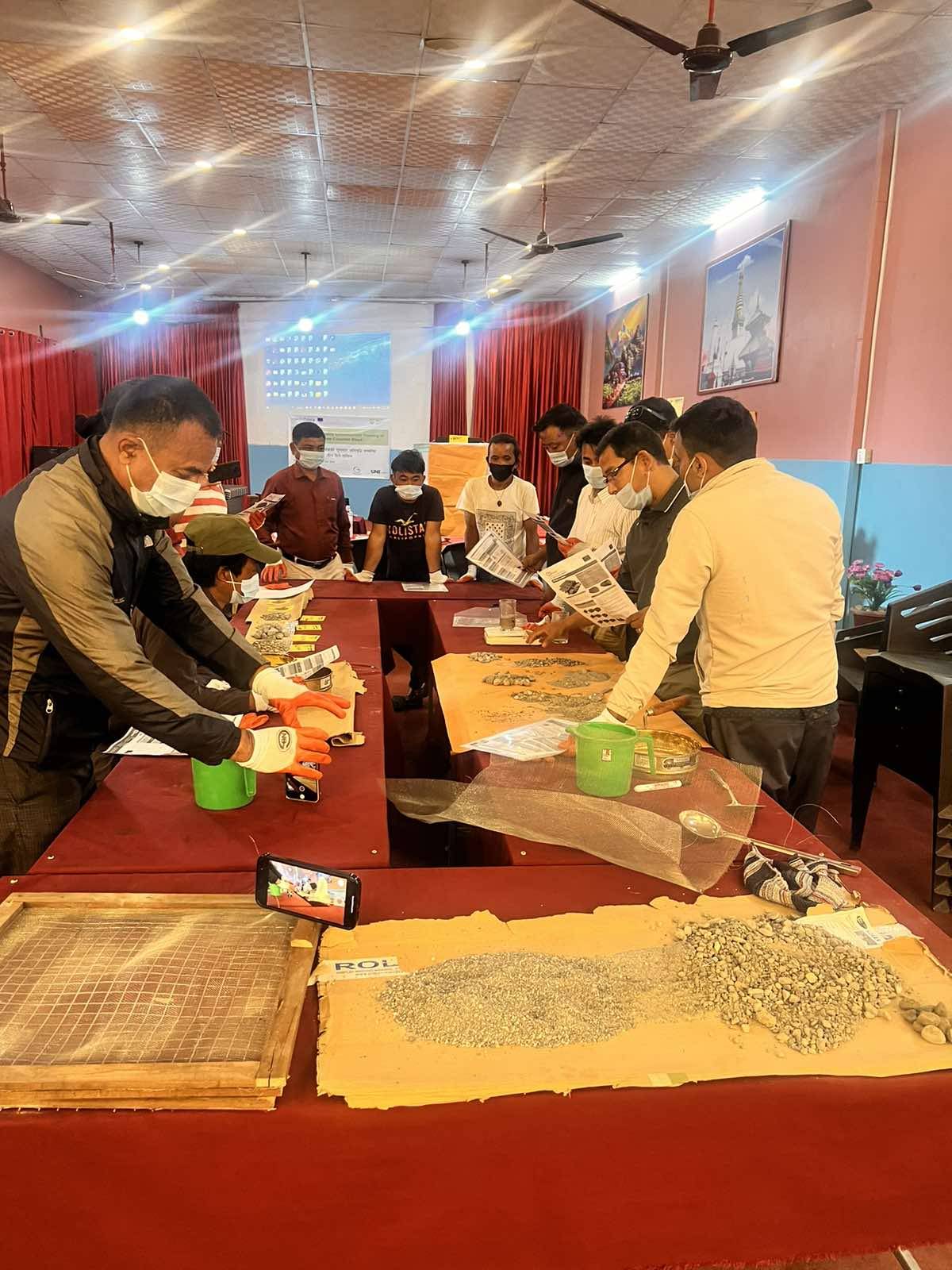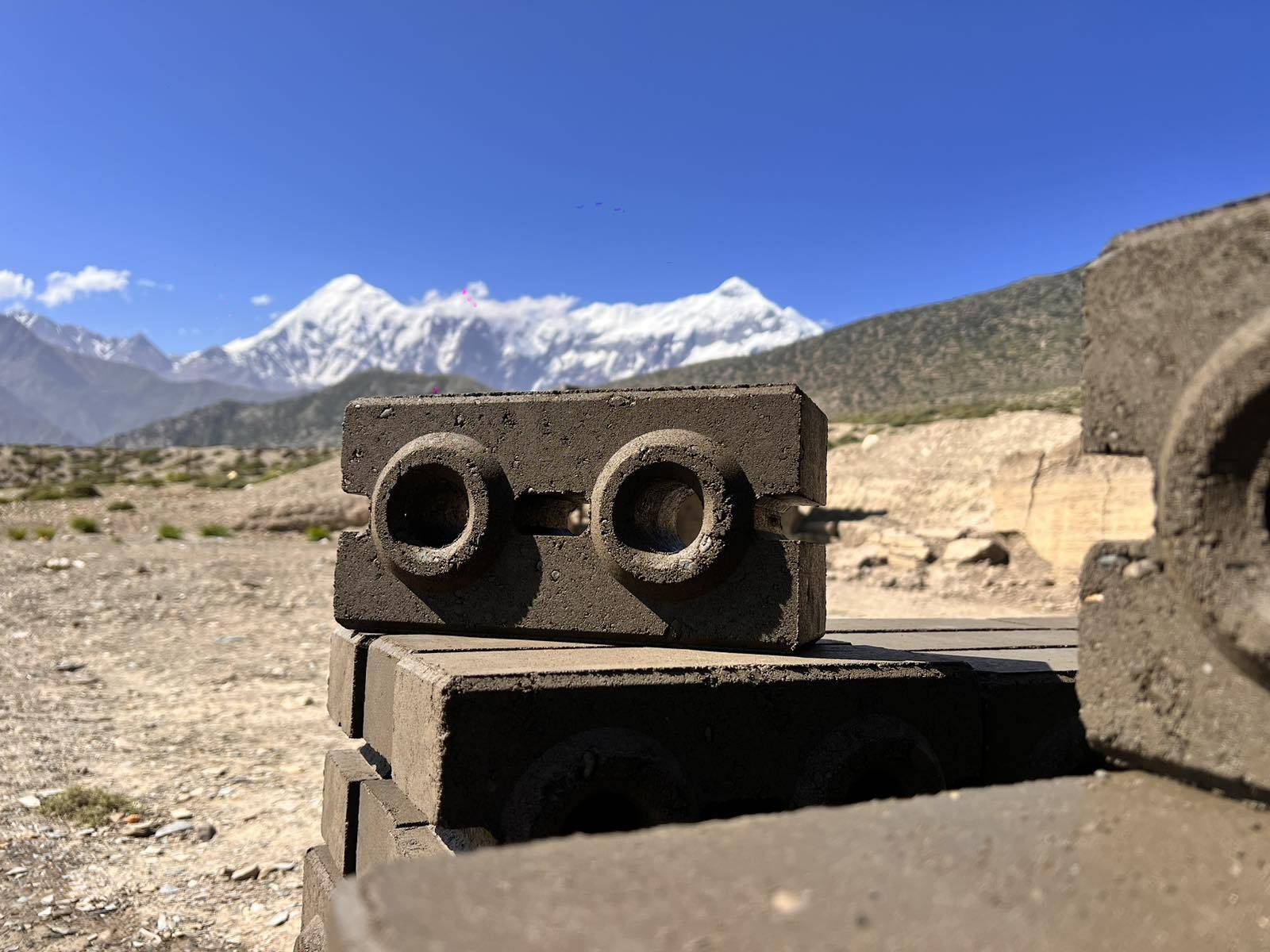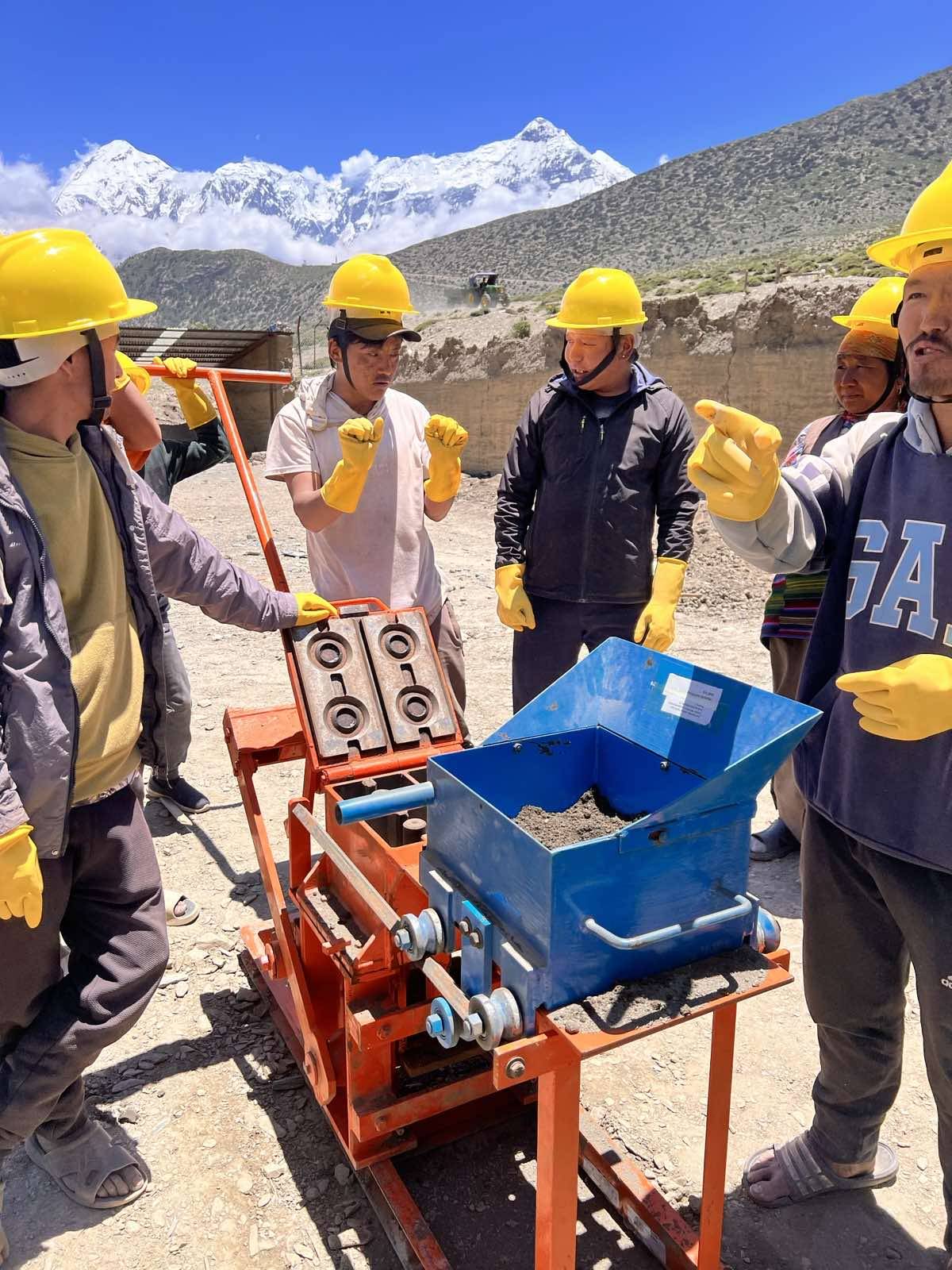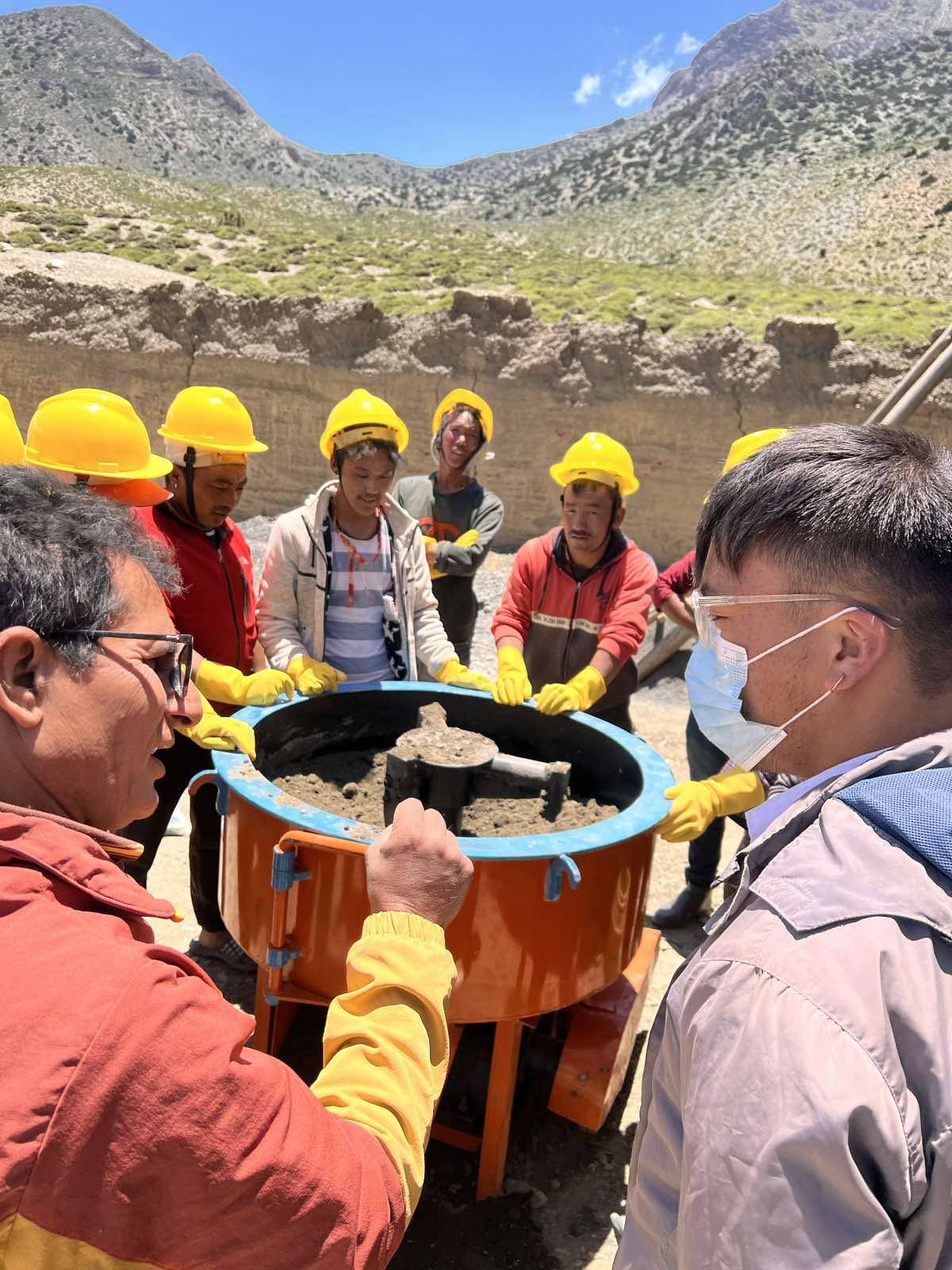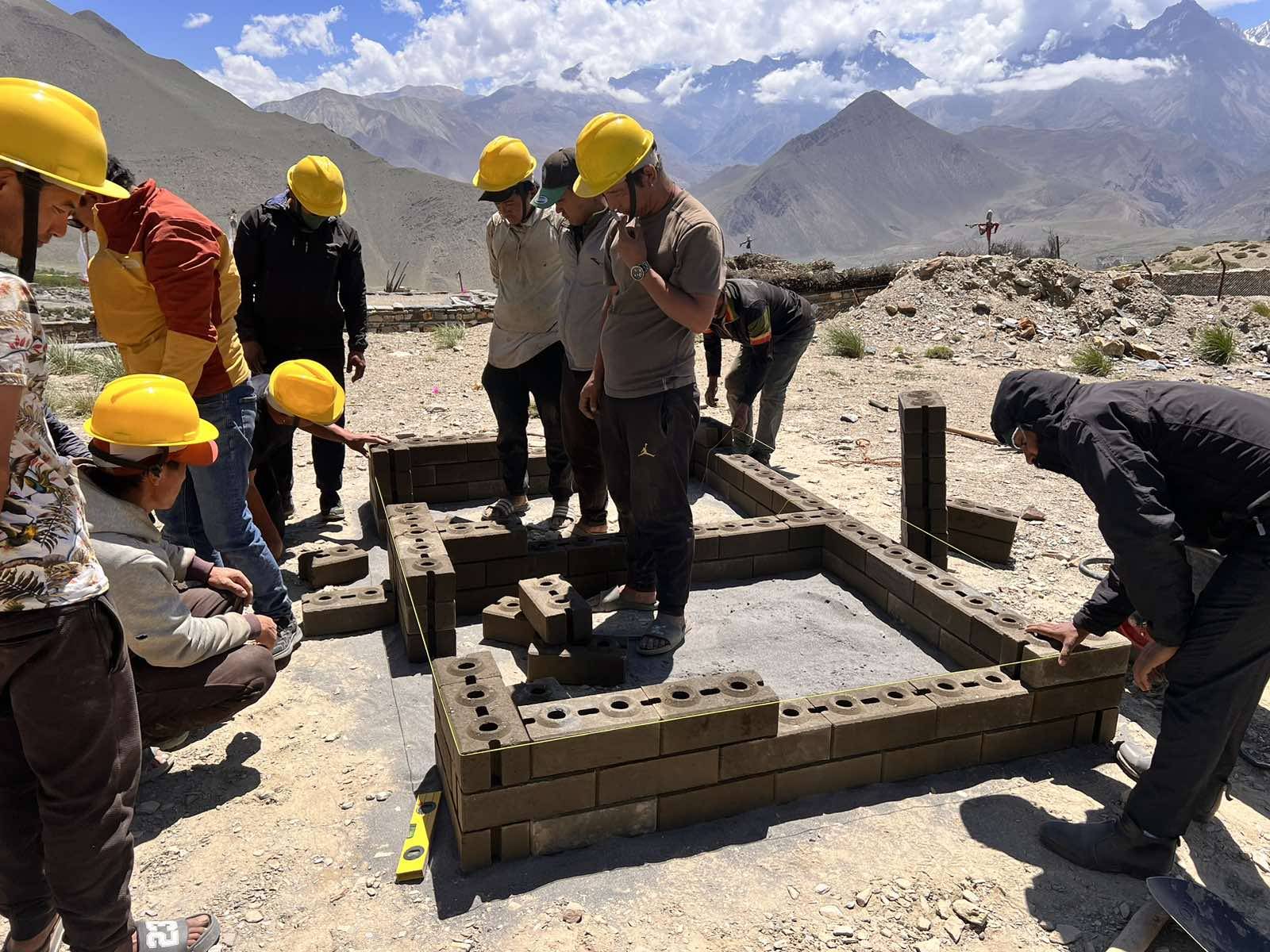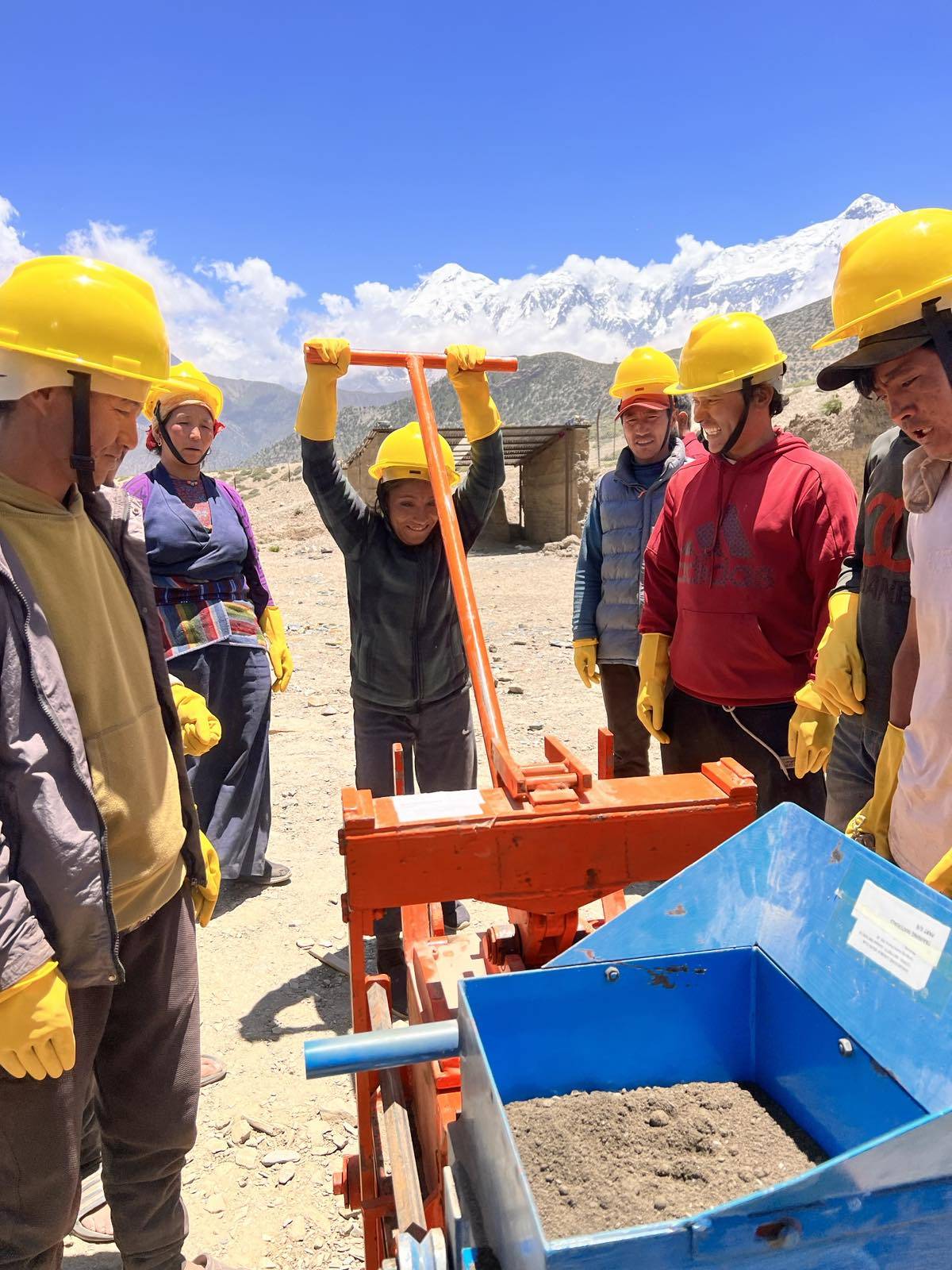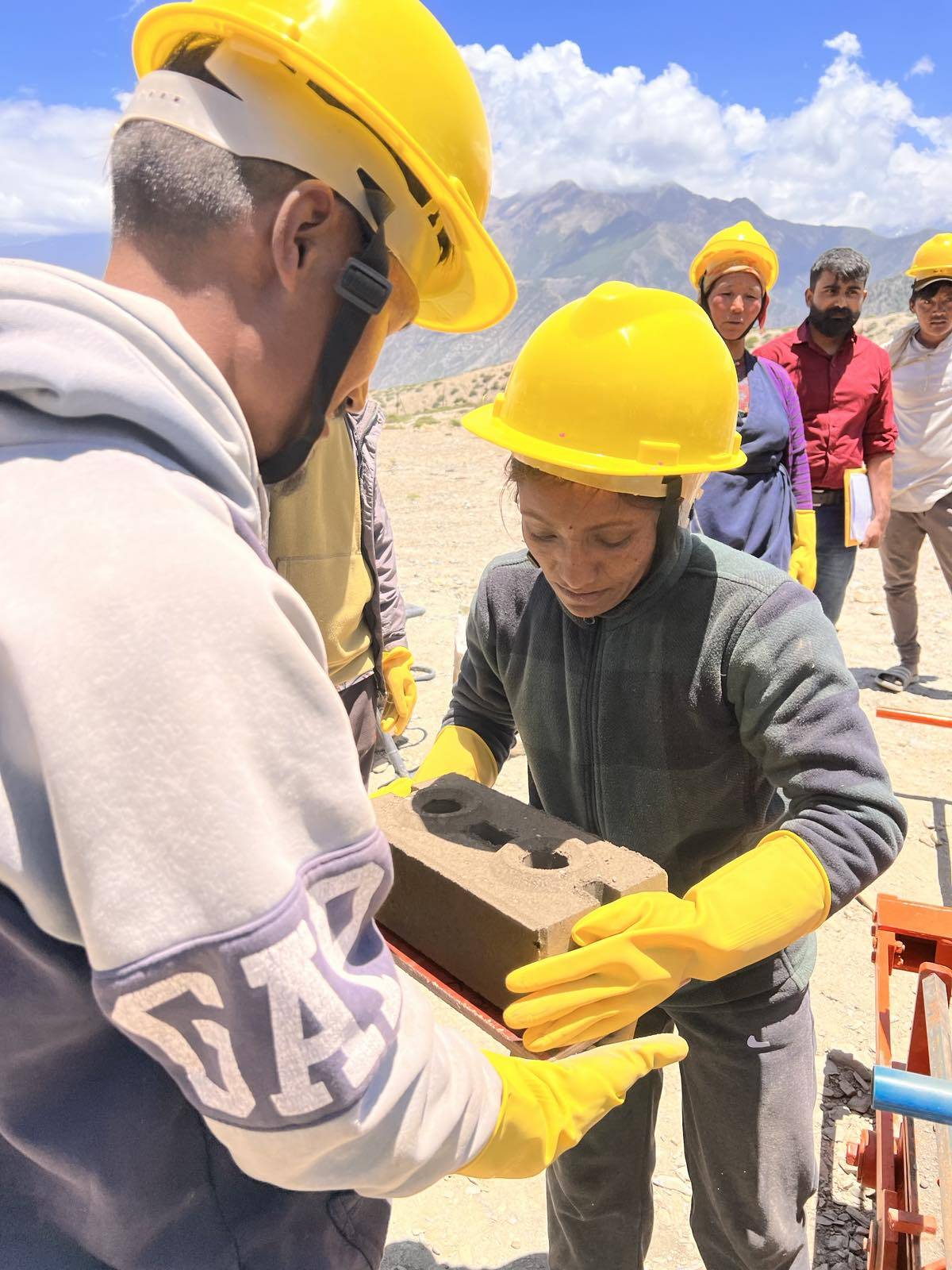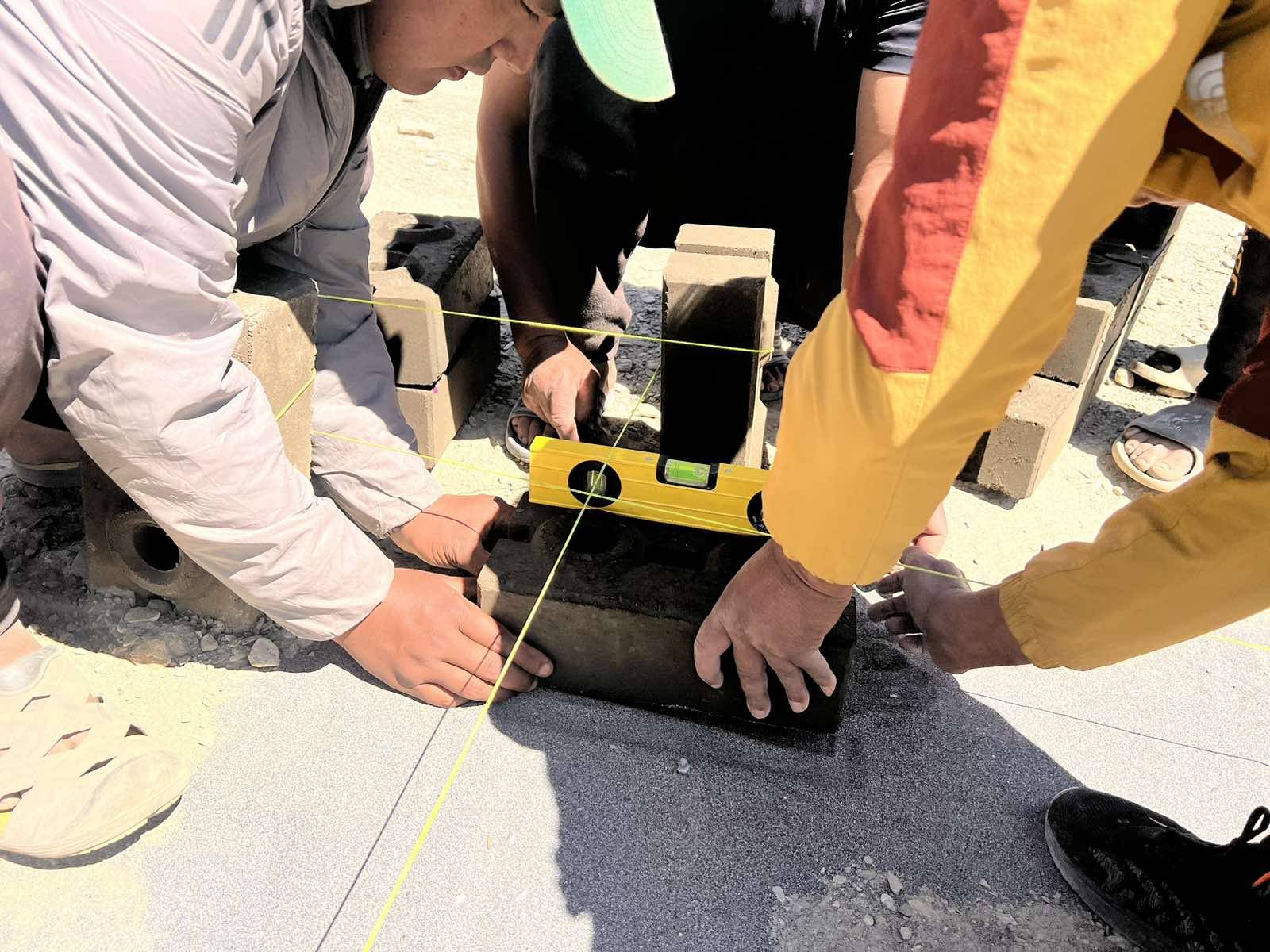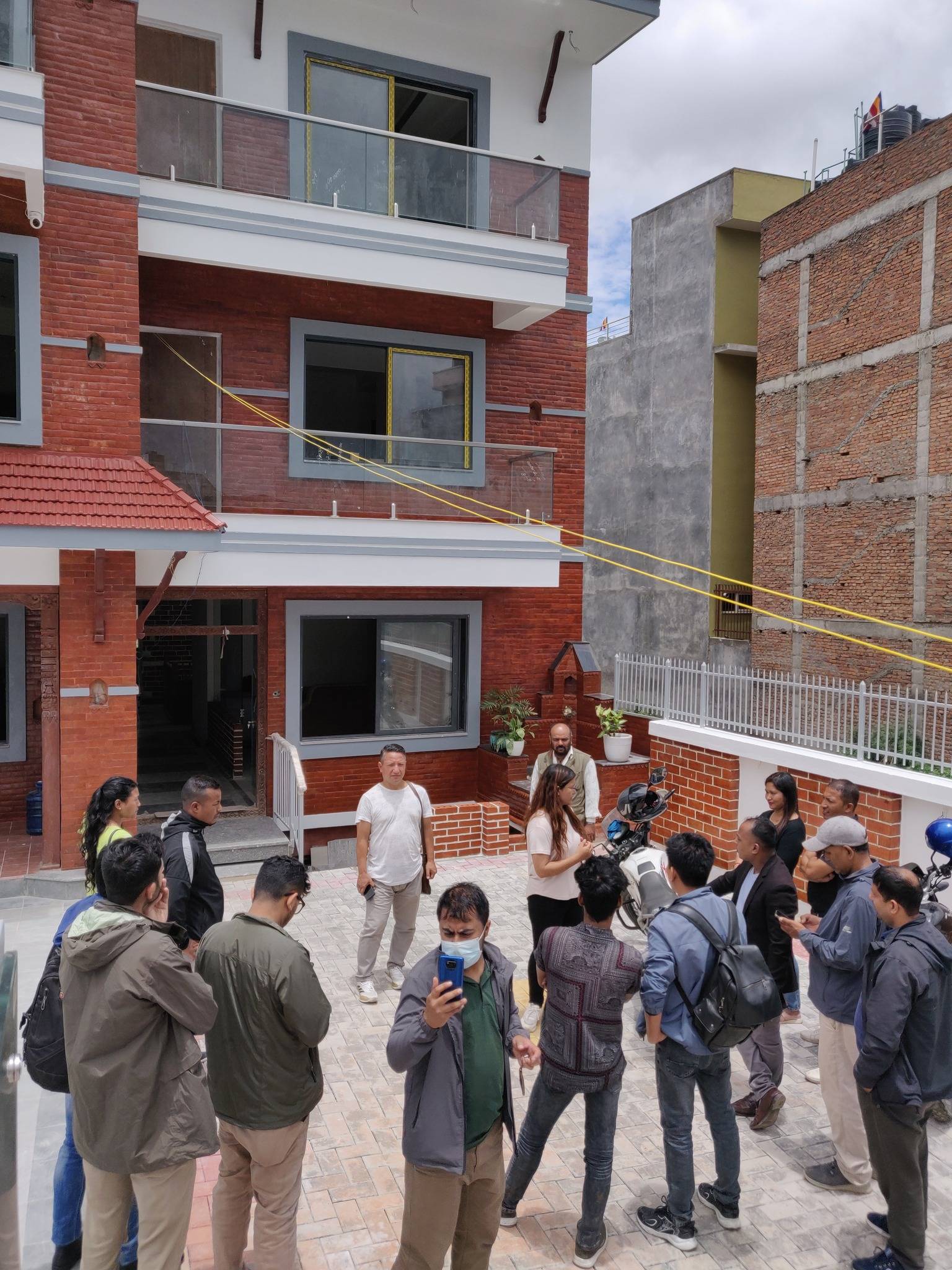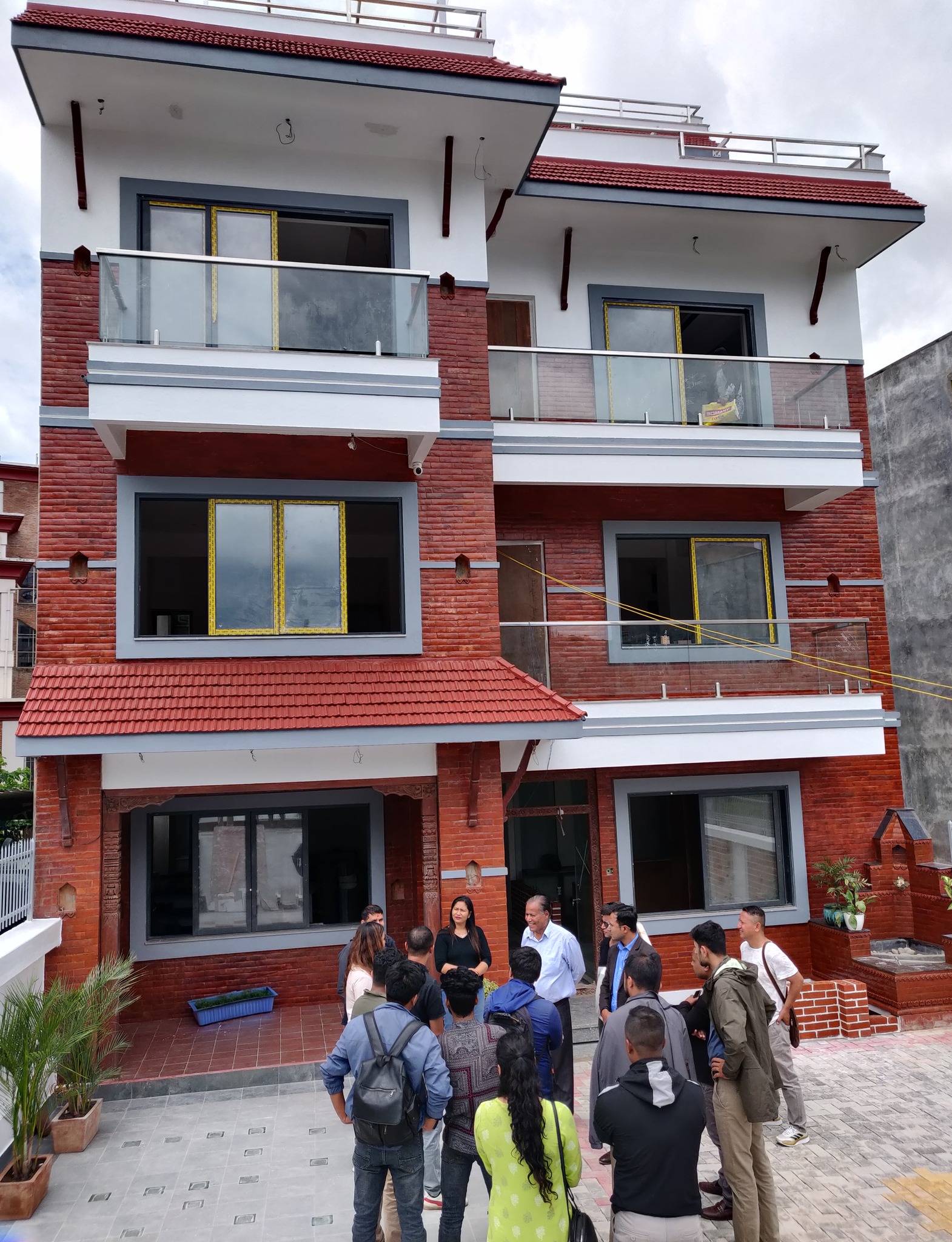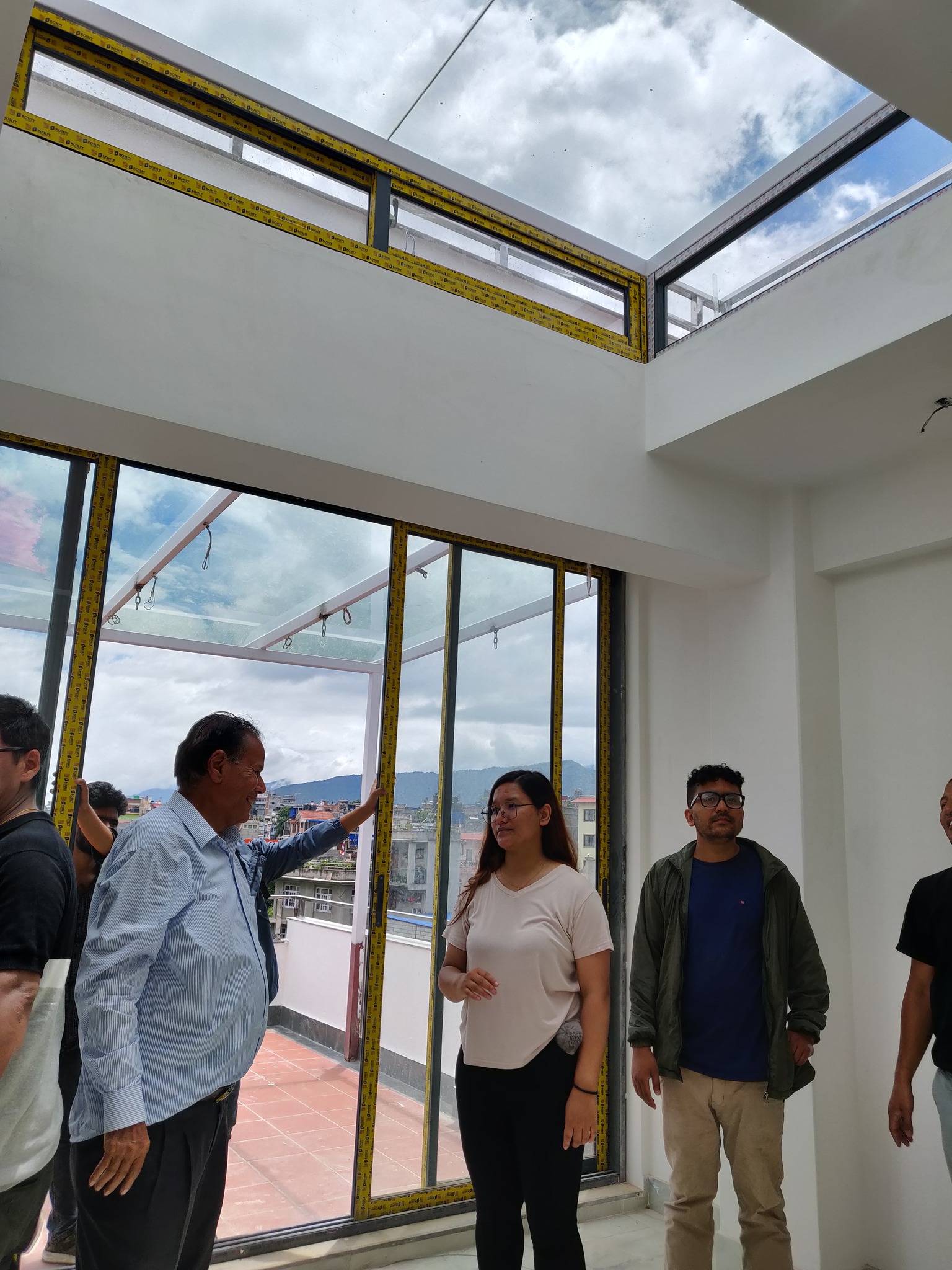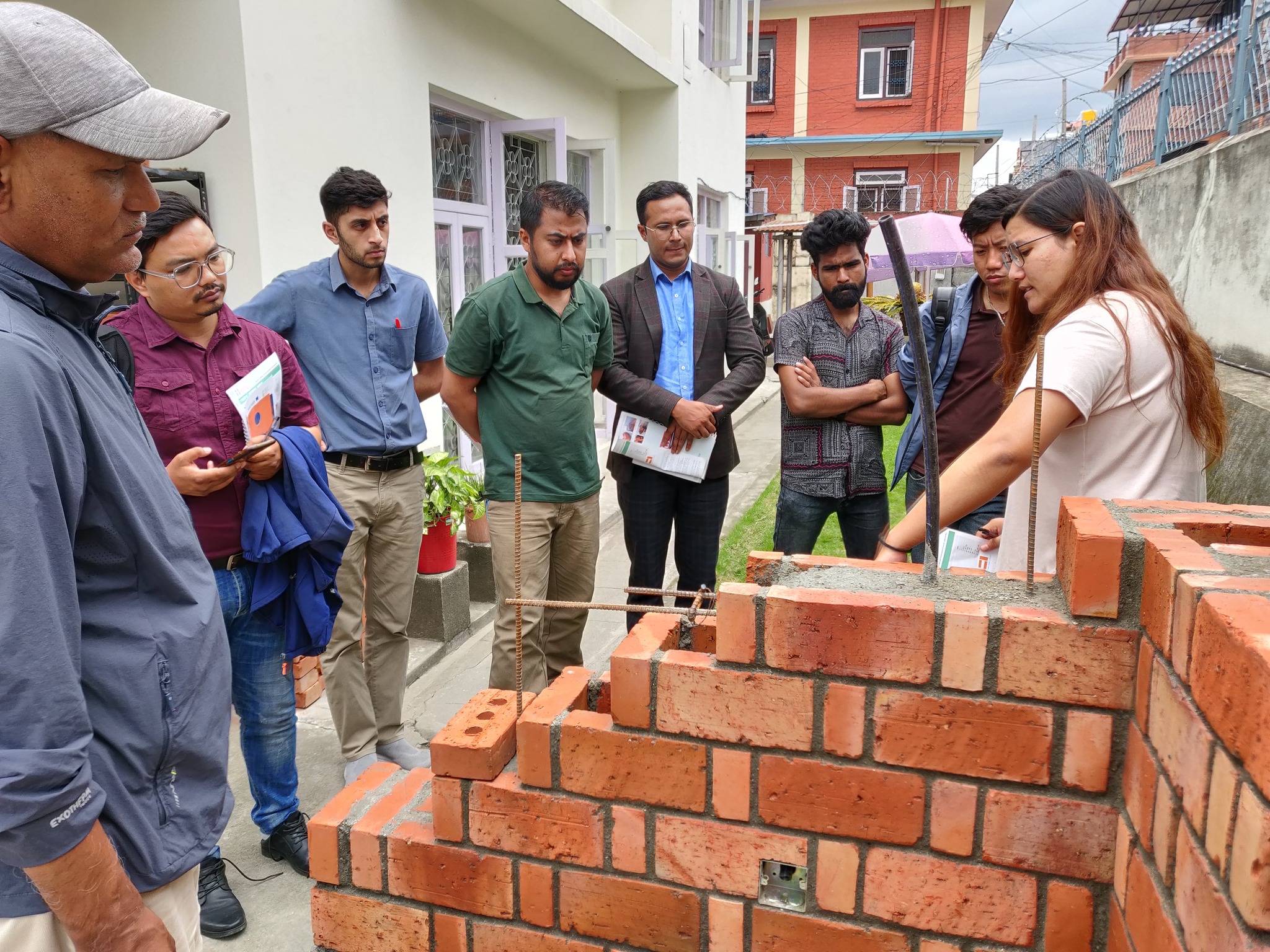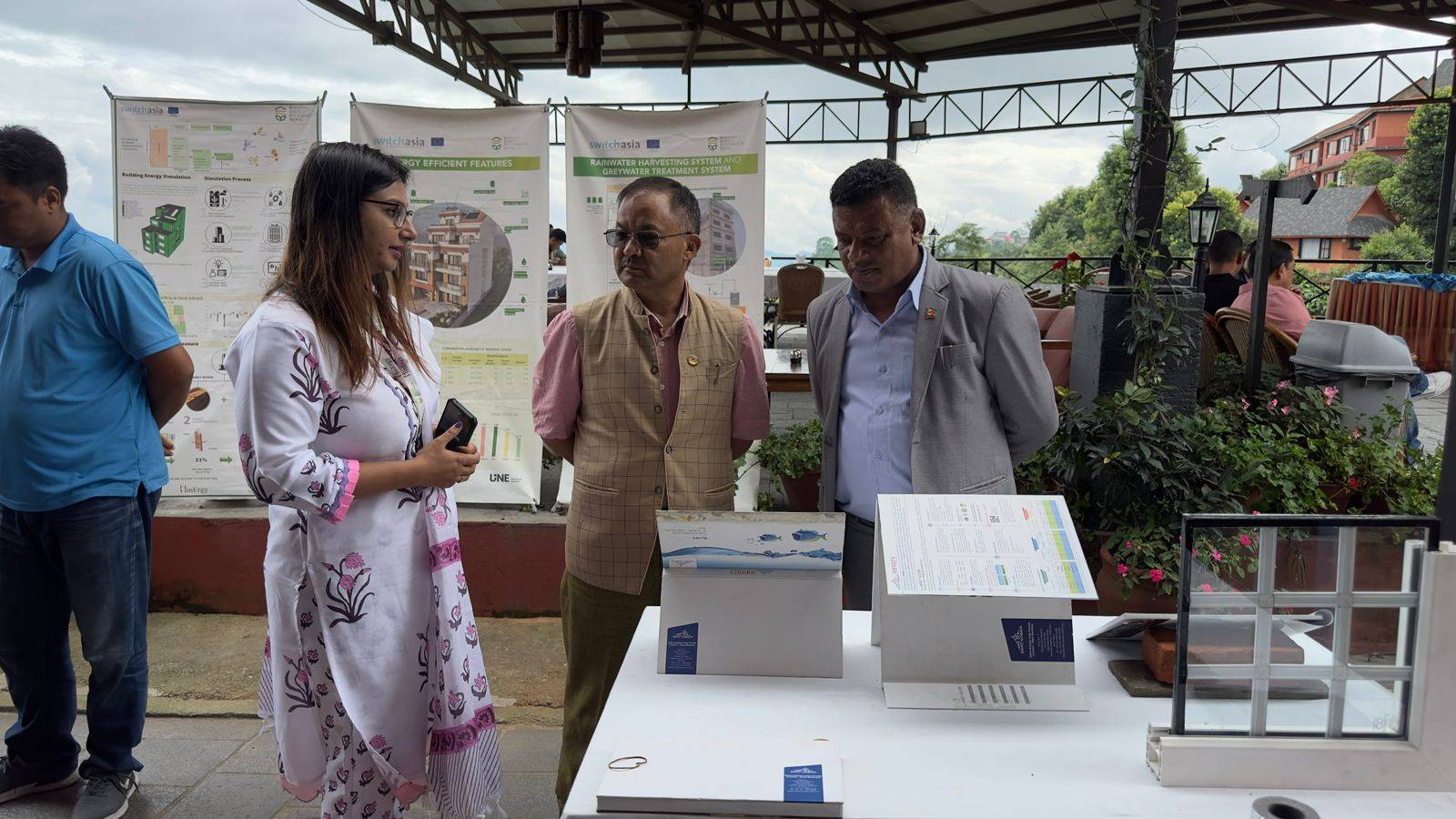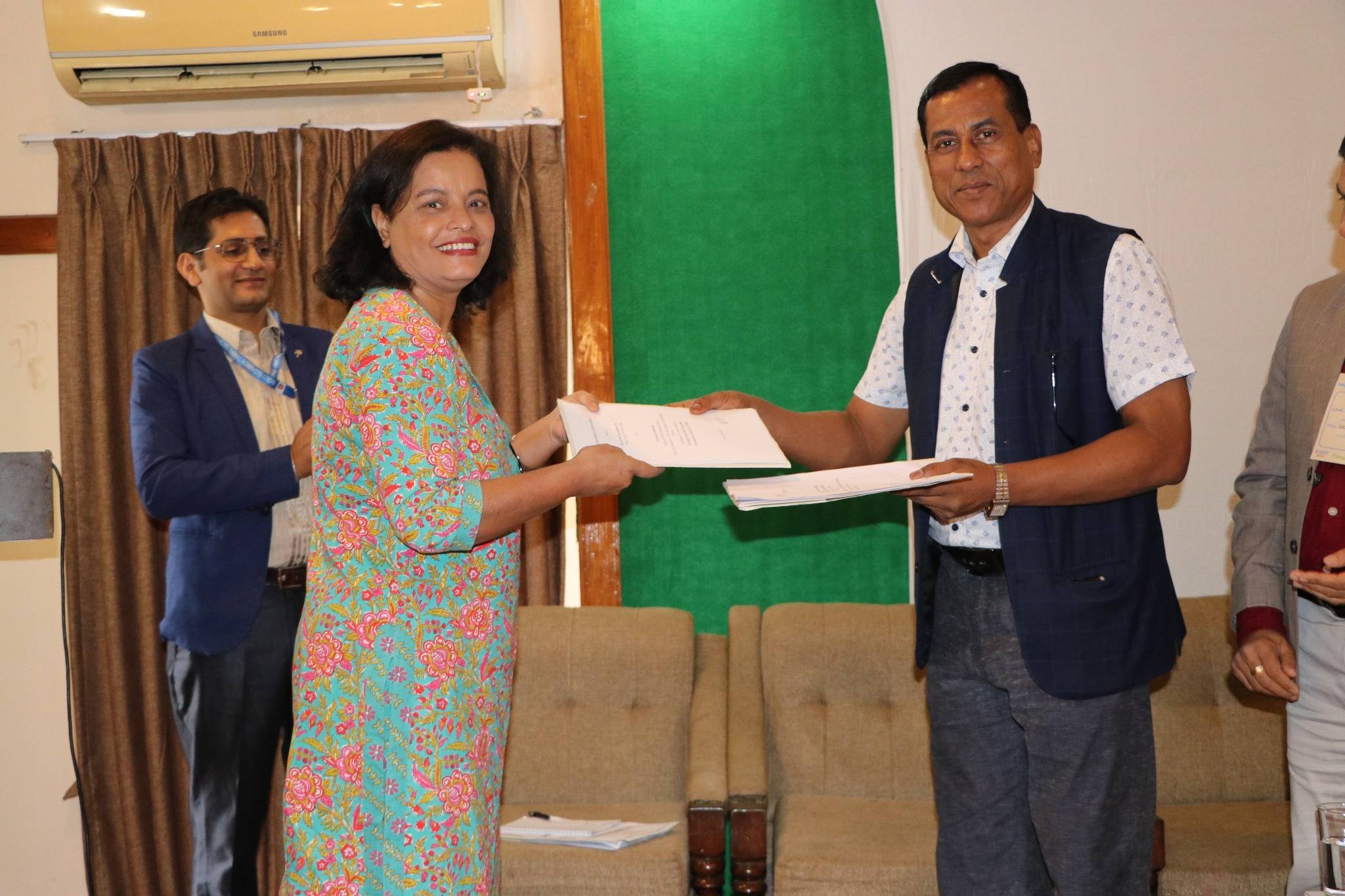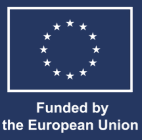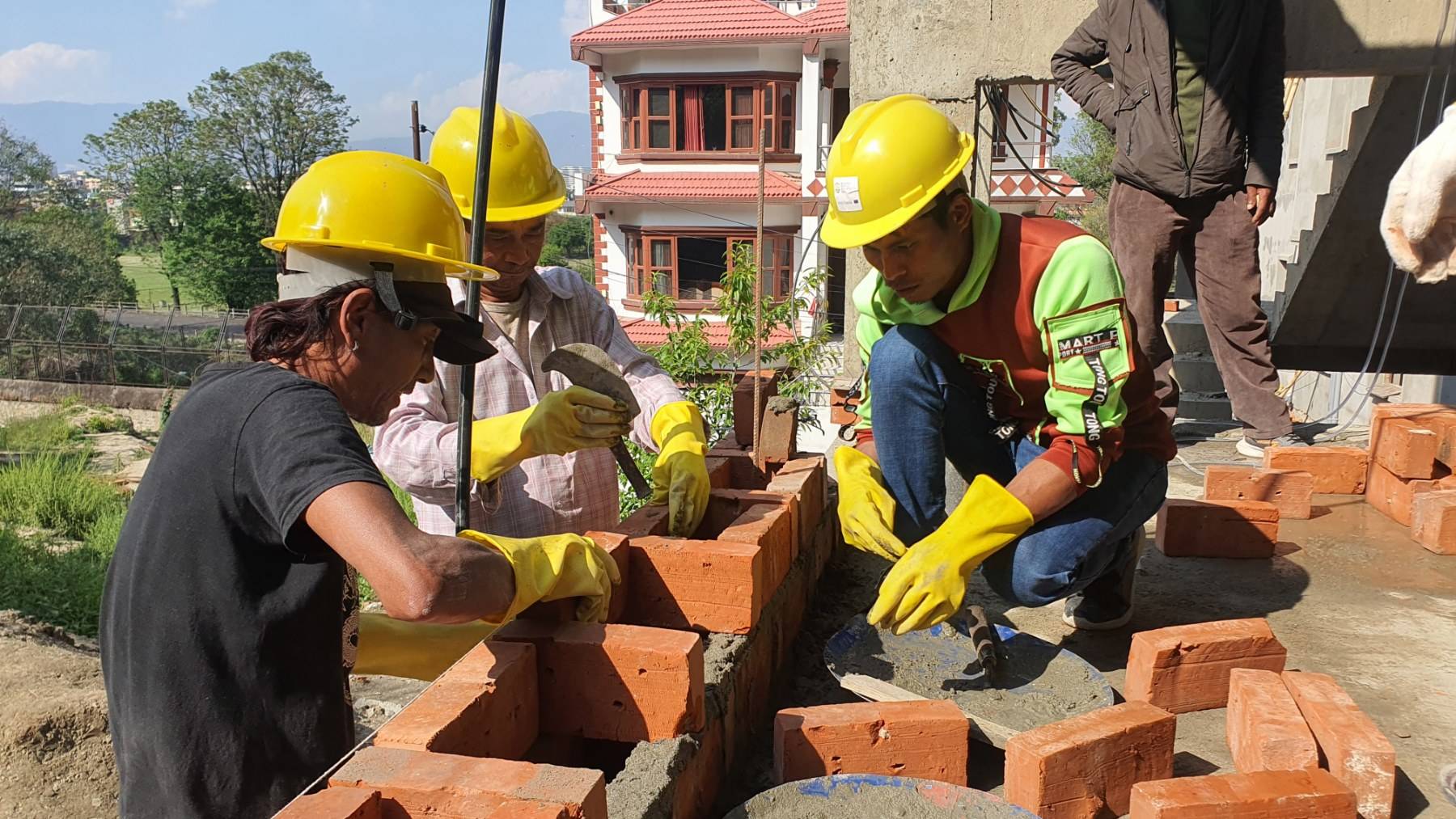
The Challenge
A great majority of Nepal’s population still lives rurally, and Nepal is now one of the fastest urbanising developing countries. It is estimated that 1 million homes will be built in Nepal in the next decade. In addition to housing, large new additions to building stock are anticipated in the tourism and hospitality sector and commercial buildings. Over the past few decades, market demands of space have resulted in buildings being designed without consideration of local climate. Especially for heating and cooling, a lot of energy is used and the overall operational energy requirement in buildings has therefore increased with Nepal’s growing urbanisation. In addition, the use of building materials with high embodied energy is also resulting into larger carbon footprint of the building sector in Nepal.
Nepal currently does not have standards, guidelines or regulations regarding energy efficient building design for new construction or for retrofitting of existing buildings. Awareness and capacities of building sector MSMEs on energy efficient buildings and service offerings remain low. While structural stability of buildings has received attention in Nepal due to earthquakes, consideration of climate responsiveness and energy efficiency are lacking in most new building designs. Efficiency issues need to be addressed by integrating passive strategies to design climate-responsive buildings and use of energy efficient space heating and cooling system. In addition, materials that use low energy and resource-efficiency during production and over their use times also need to be prioritised. Similarly, integration of renewable energy measures in building design and operation needs to be fostered to further reduce building’s carbon footprint.
The Objectives
Working with multiple stakeholders, the project promotes climate-responsive building designs and retrofitting, as well as use of energy efficient space heating and cooling technologies, resource-efficient building materials and integration of renewable energy sources. The project aims to achieve results at multiple levels:
- Policy interventions by providing advisory on standards through local multi-stakeholder consensus processes; favourable policies create an enabling environment for scaling up of measures by builders/owners while also availing policy incentives for MSMEs to continue its services;
- Technical and business capacity of designers and architects improved to integrate passive design strategies, use resource-efficient materials or renewable energy sources;
- More than 400 MSMEs integrate and adapt their services to EE and RE design;
- By improving building or retrofitting of at least 200 buildings in 60 municipalities and advising these on policies, the project seeks to decrease operational energy consumption by at least 25 %, and 10% of energy embodied in materials.
The Way Forward
- Develop passive design guidelines, design tools, technical standards and manuals as well as training programs in collaboration with local governments and related associations;
- Capacity building throughout the value chain of the building sector to utilize measures developed under the project;
- Support Building-MSMEs to prepare relevant communication and promote EE and RE in buildings;
- Technical support or performance monitoring for showcase buildings;
- Support awareness campaigns for end-user on consolidated energy efficiency measures and resource-efficient materials;
- Development of financing mechanism to implement EE in cooperation with government, municipal and financial institutions;
- Assist construction MSMEs to access fiscal and policy incentives;
- Facilitate development and access of EE-friendly policy incentives in collaboration with municipalities to promote uptake of EE buildings;
- Facilitate the recognition and implementation of European and international standards for EE and RE building products and support their translation and adoption at national level;
- Dissemination among municipality officials and general public about the municipal policies (guidelines, by-laws) on building energy efficiency solutions.
Relation to European Green Deal, Circular Economy and Climate Change
The project supports the overall objective of the European Green Deal (2019) and the EU Circular Economy Action Plan (2020) through the promotion of circular economy strategies in the building sector. It facilitates the transition towards a low-carbon, resource-efficient and circular building sector by supporting green technologies through capacity building and policy and finance interventions. It is in line with national commitments to climate change mitigation, where the building sector plays an important role. Additionally, it supports the new EU Strategy for Standardization regarding the promotion of European standards in other regions.
Duration:
2022-2026Total Budget:
EUR 2.715 Million (EU Contribution 90%)Contact Detail:
Daniel Neyer
Project Manager, University of Innsbruck
Email: [email protected]
Suyesh Prajapati
MinErgy Pvt Ltd
Email: [email protected]
Lead Partners
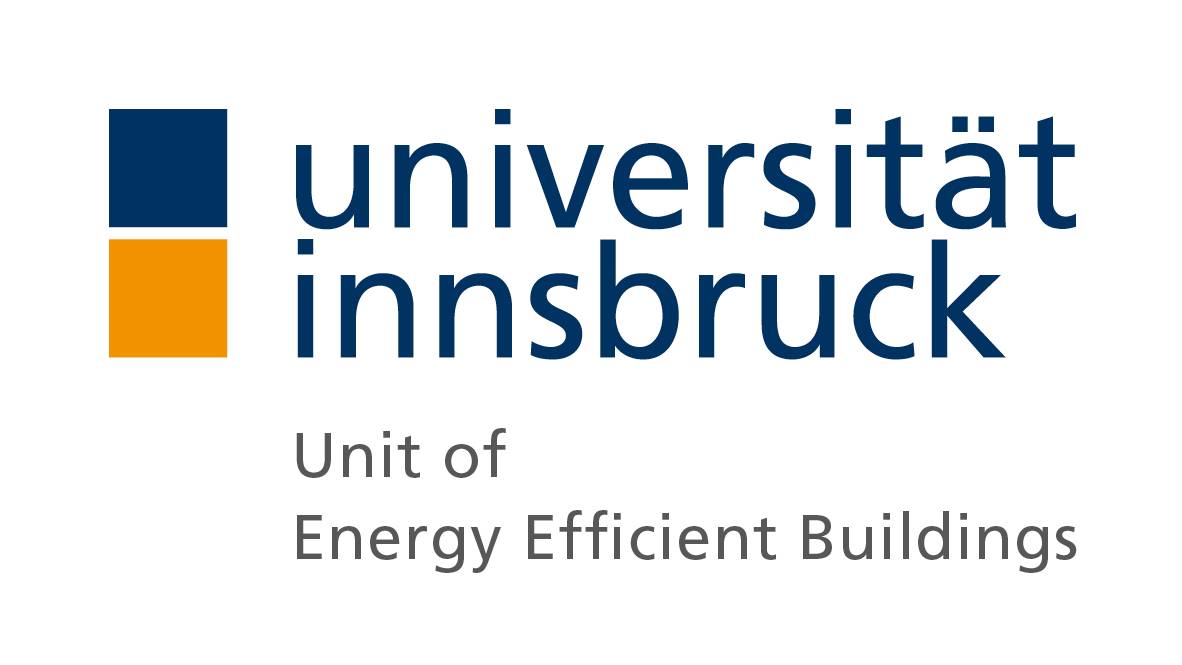
University of Innsbruck
Partners
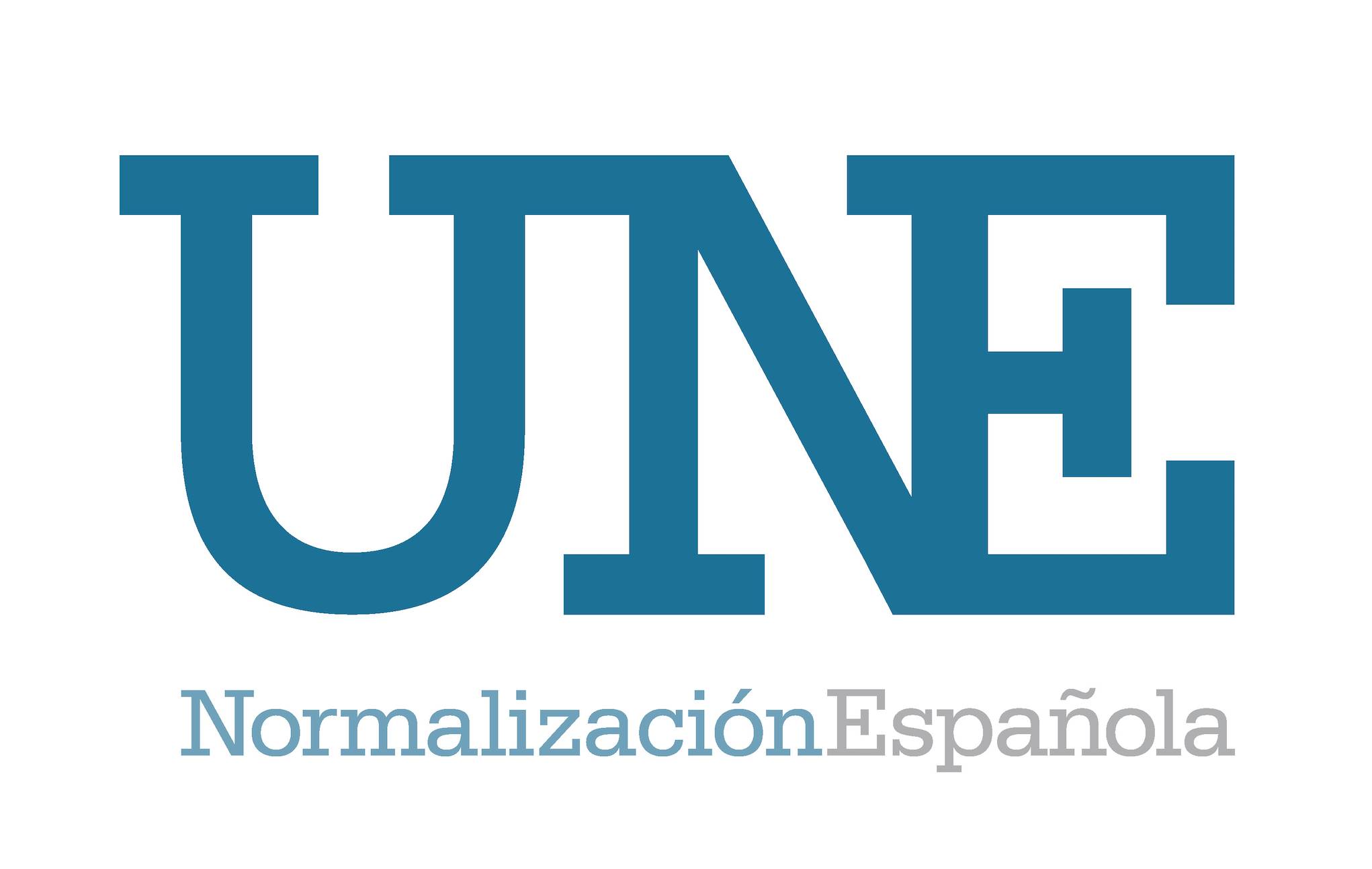
Asociación Española de Normalización (UNE)

Greentech Knowledge Solutions Pvt Ltd
